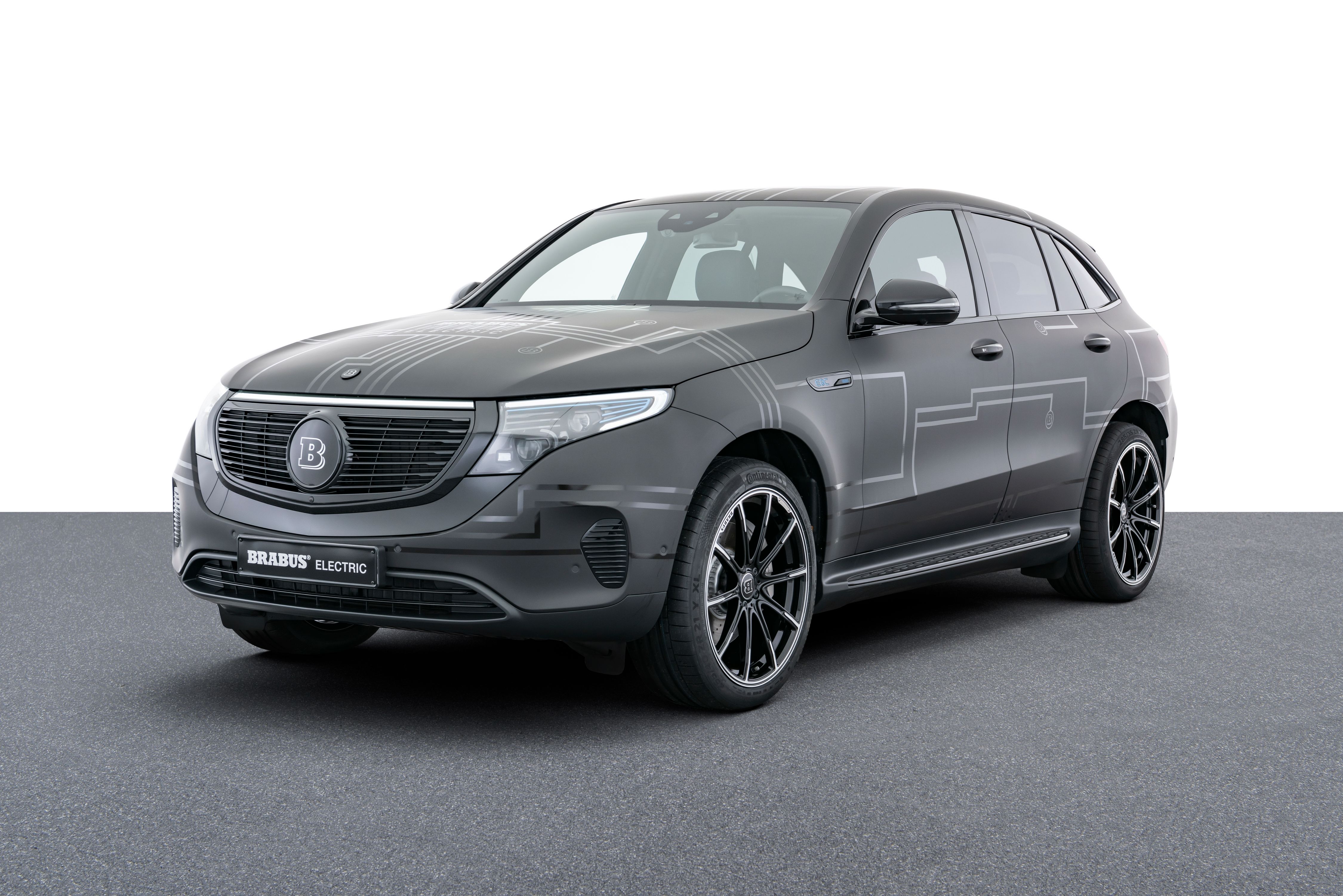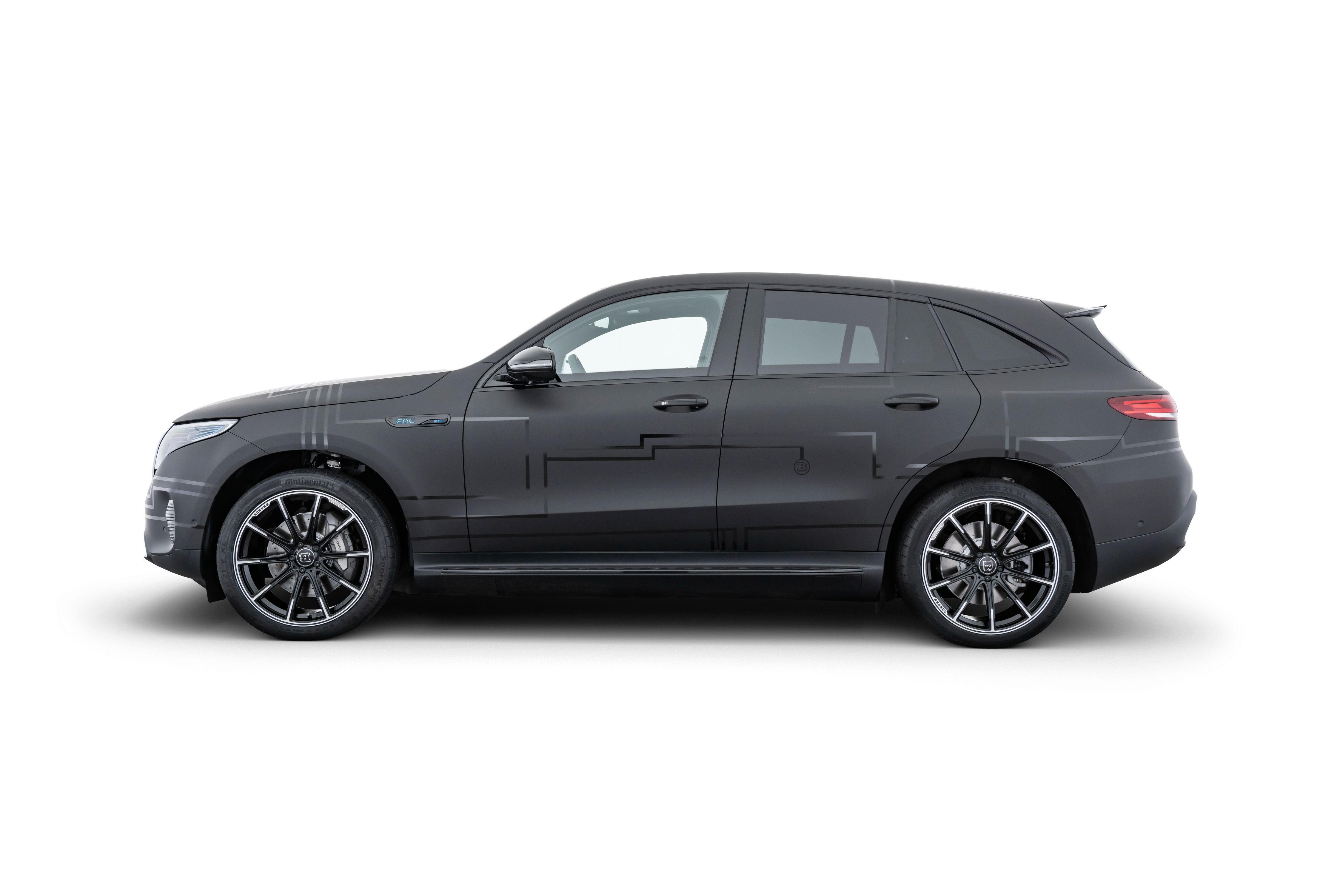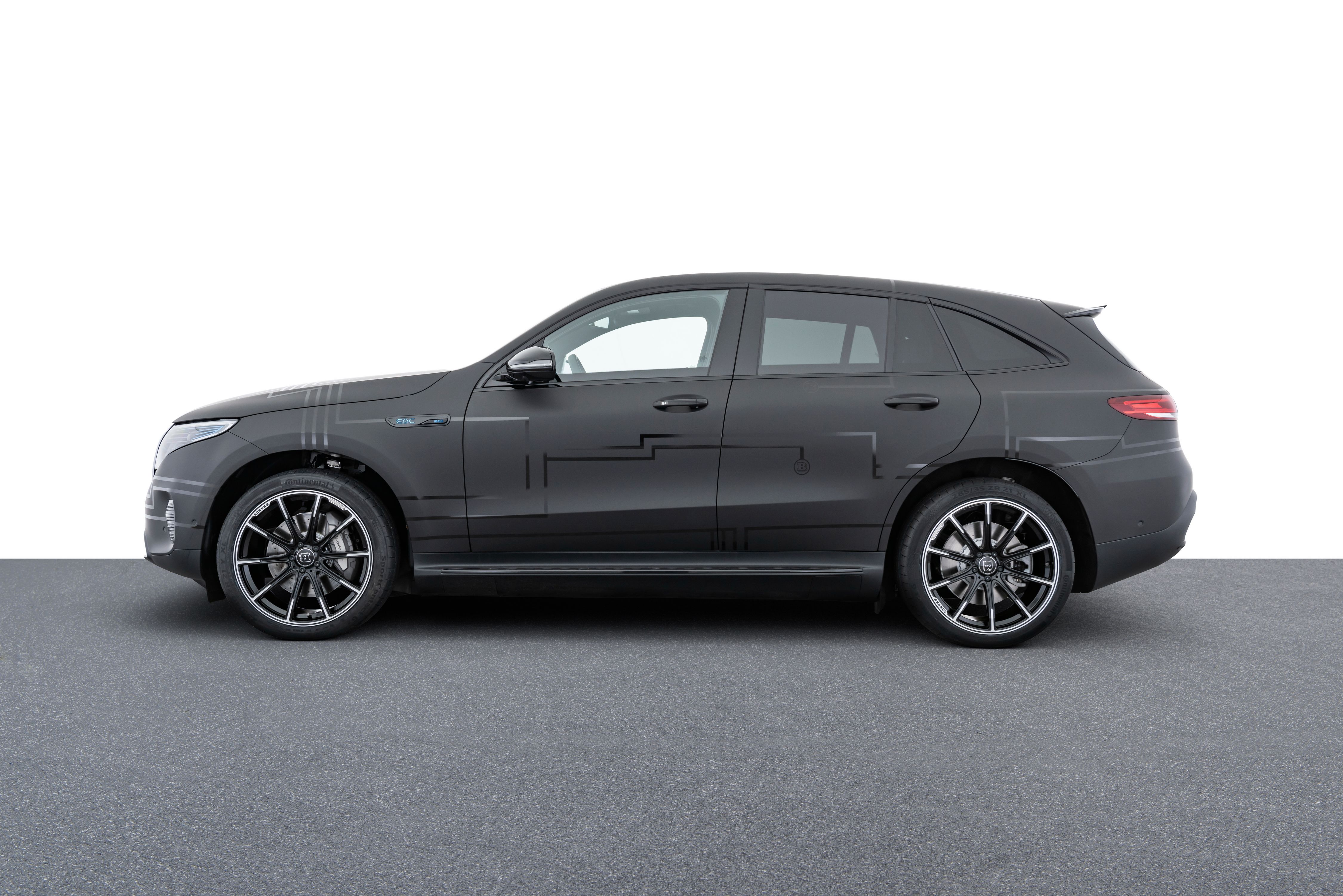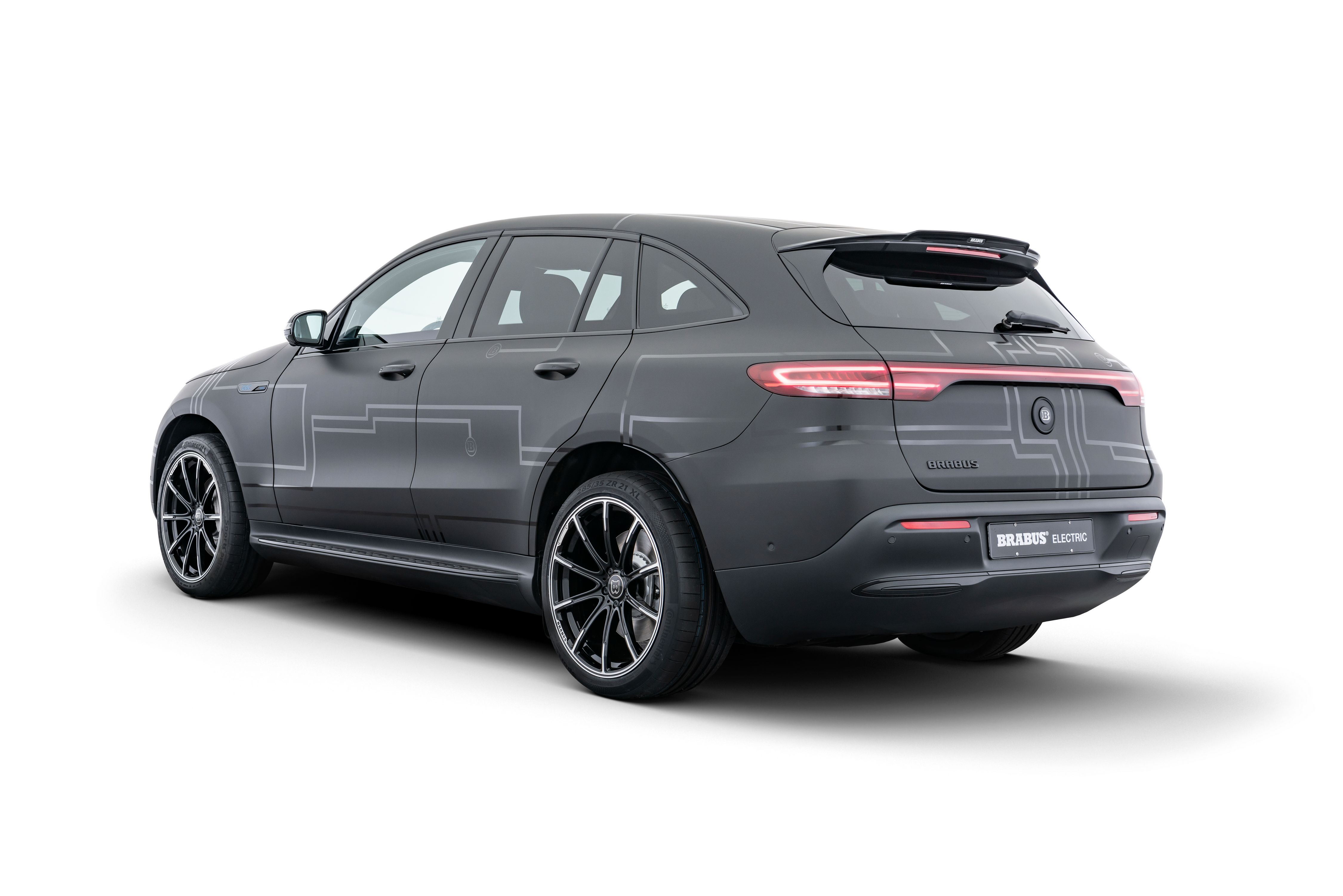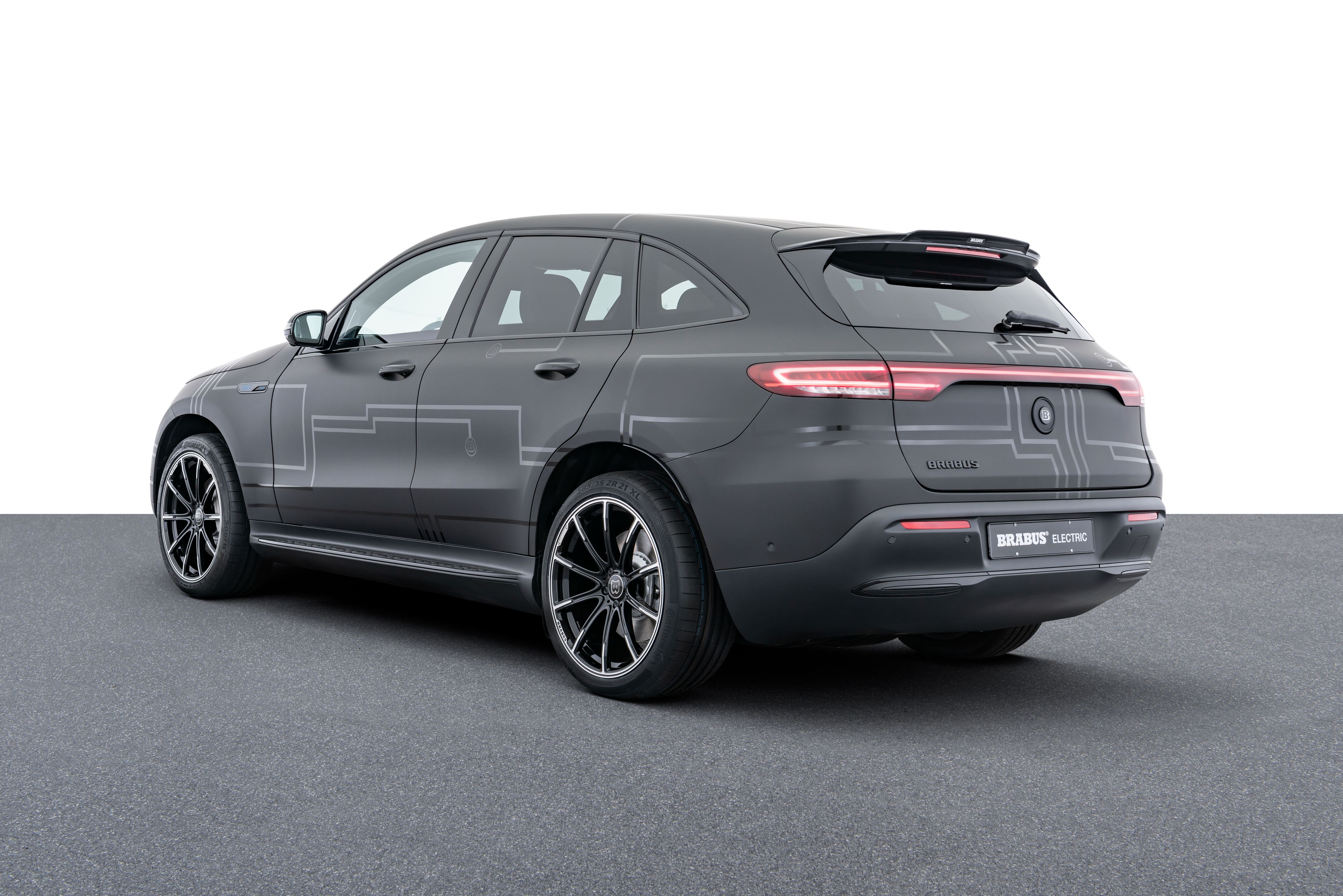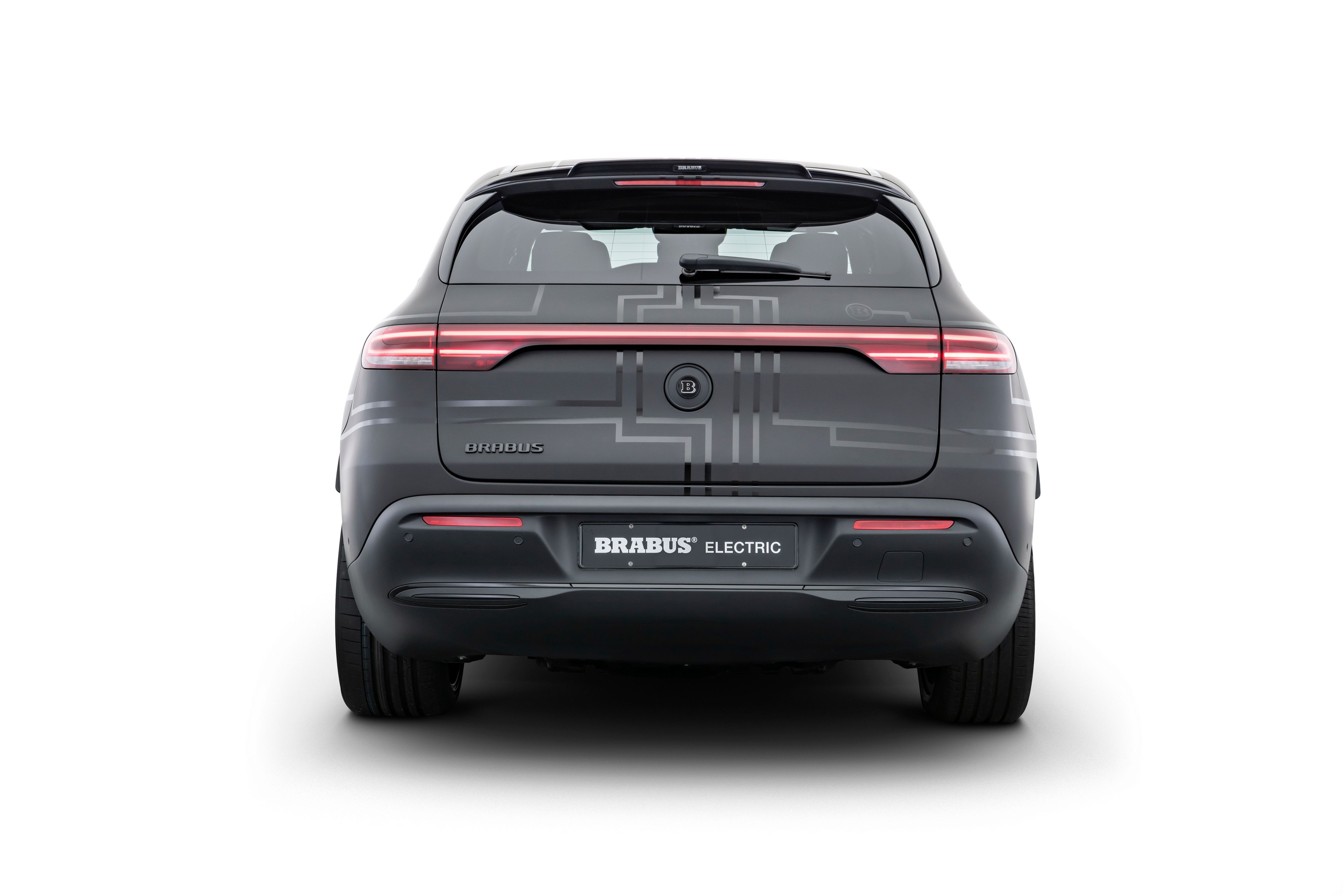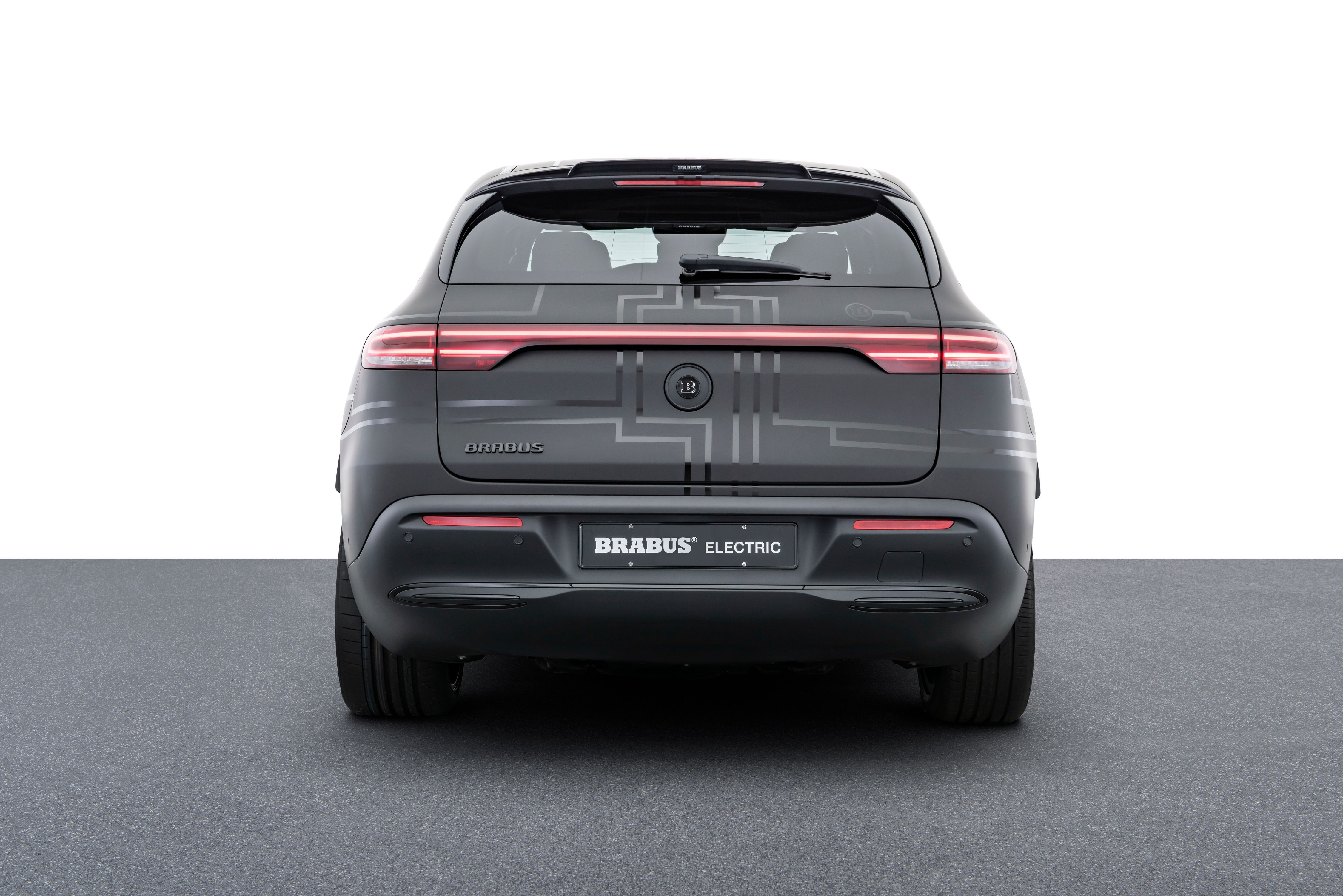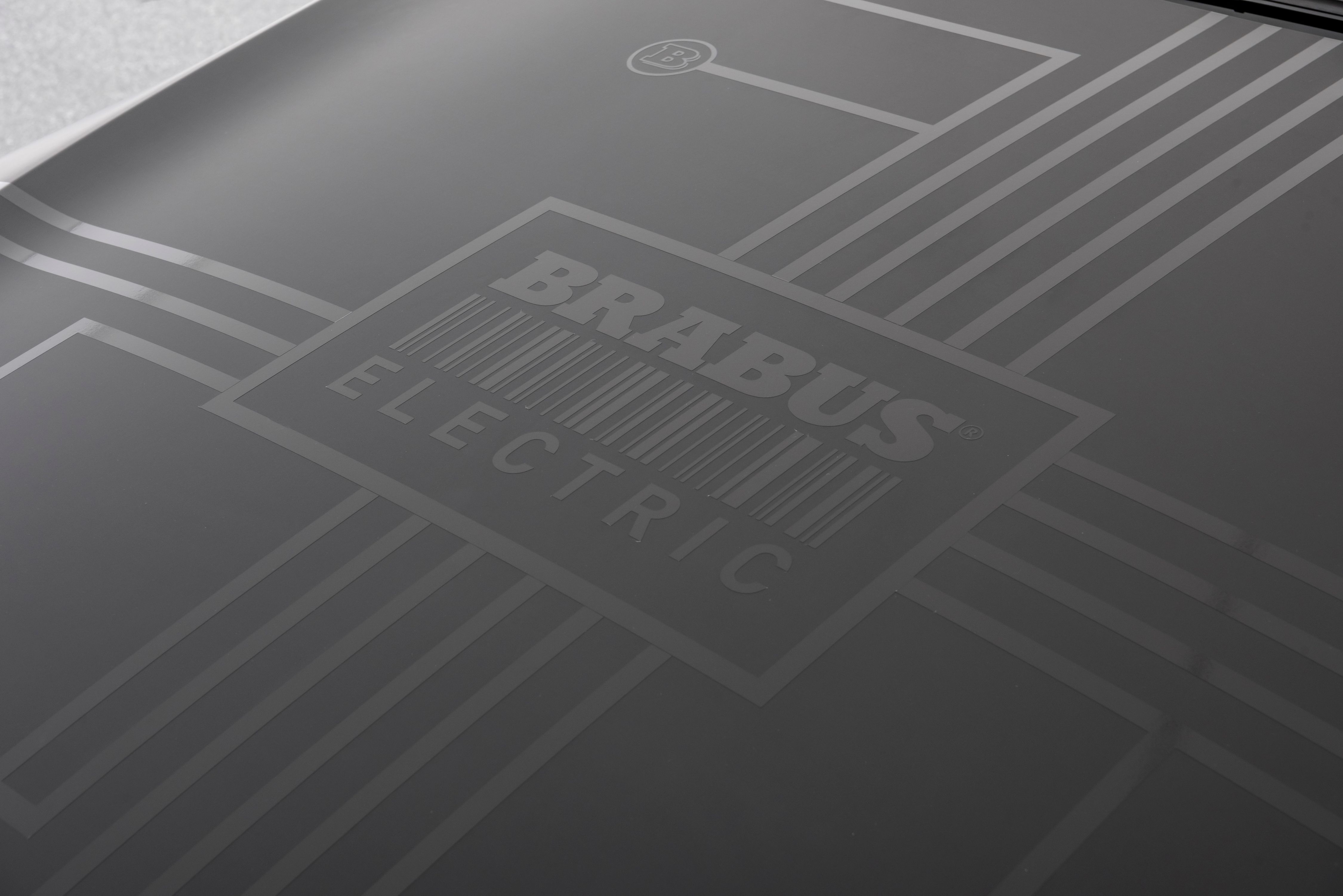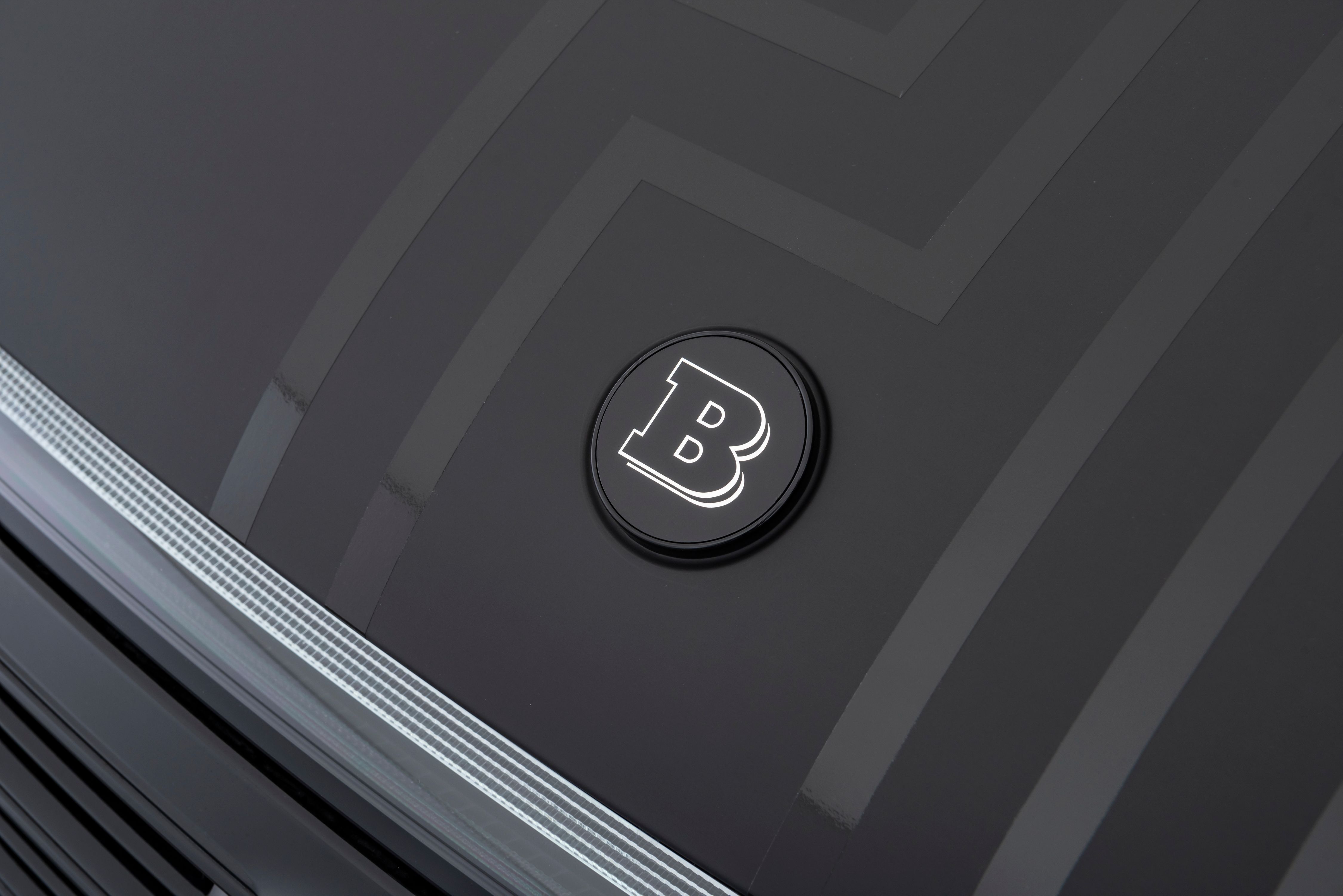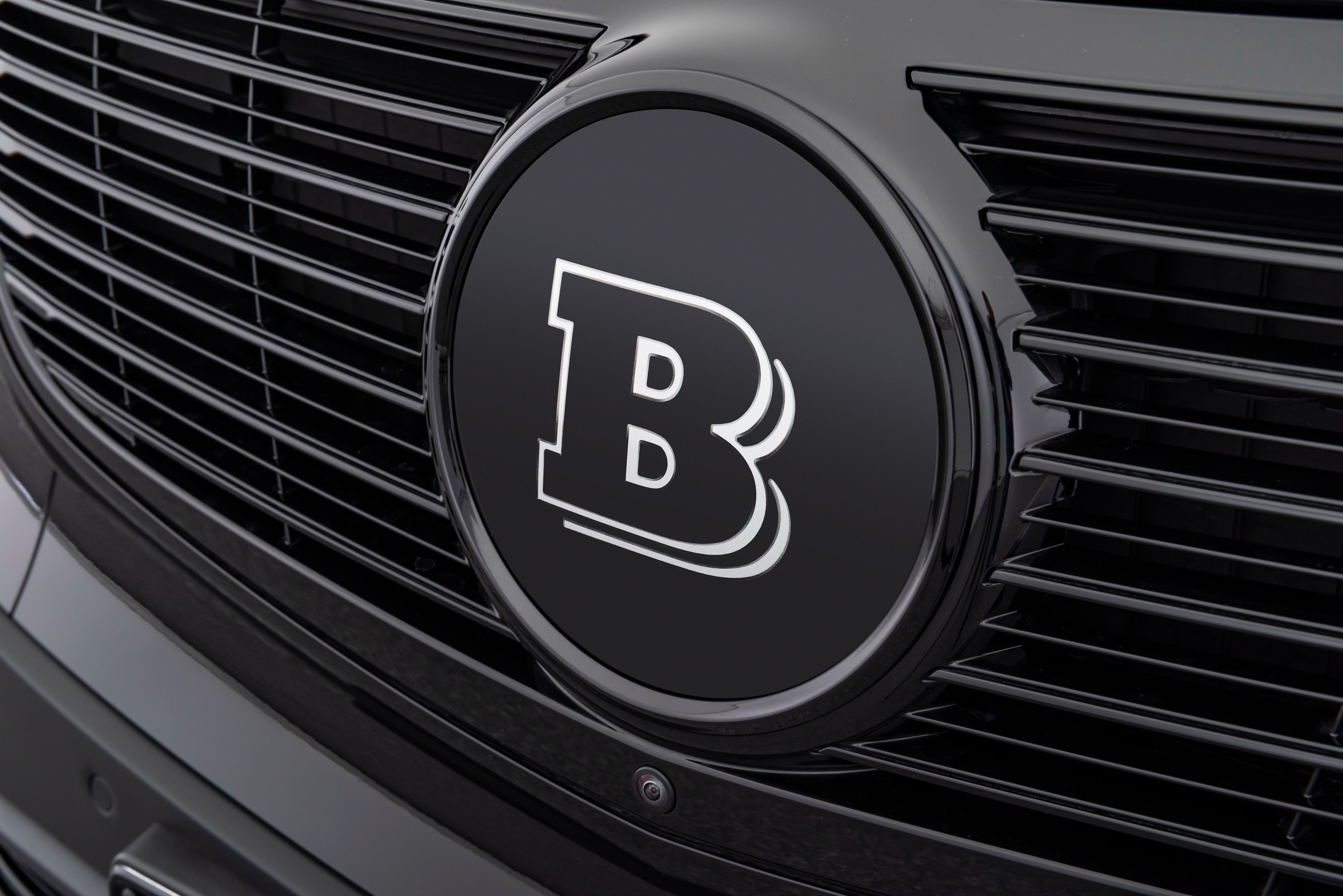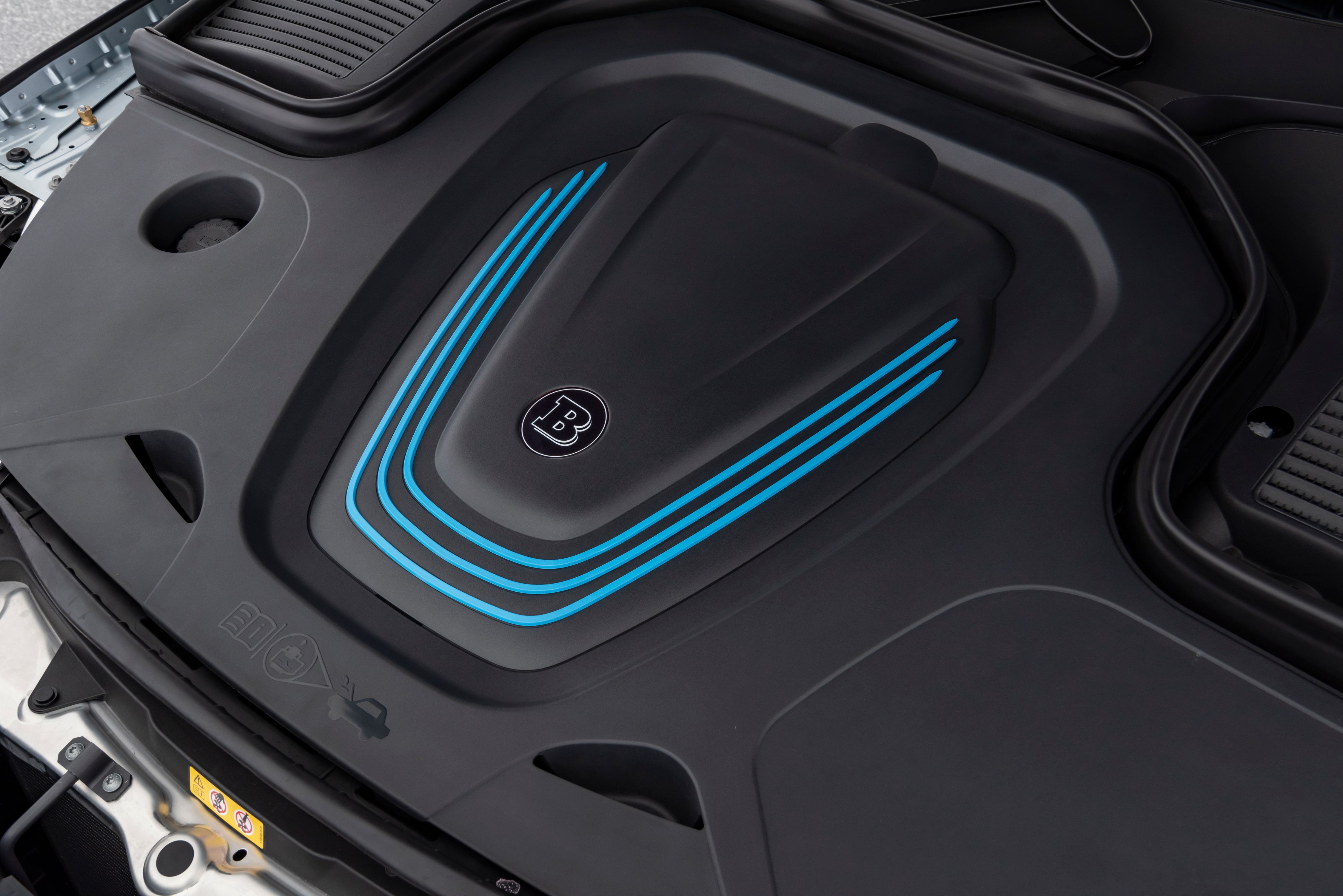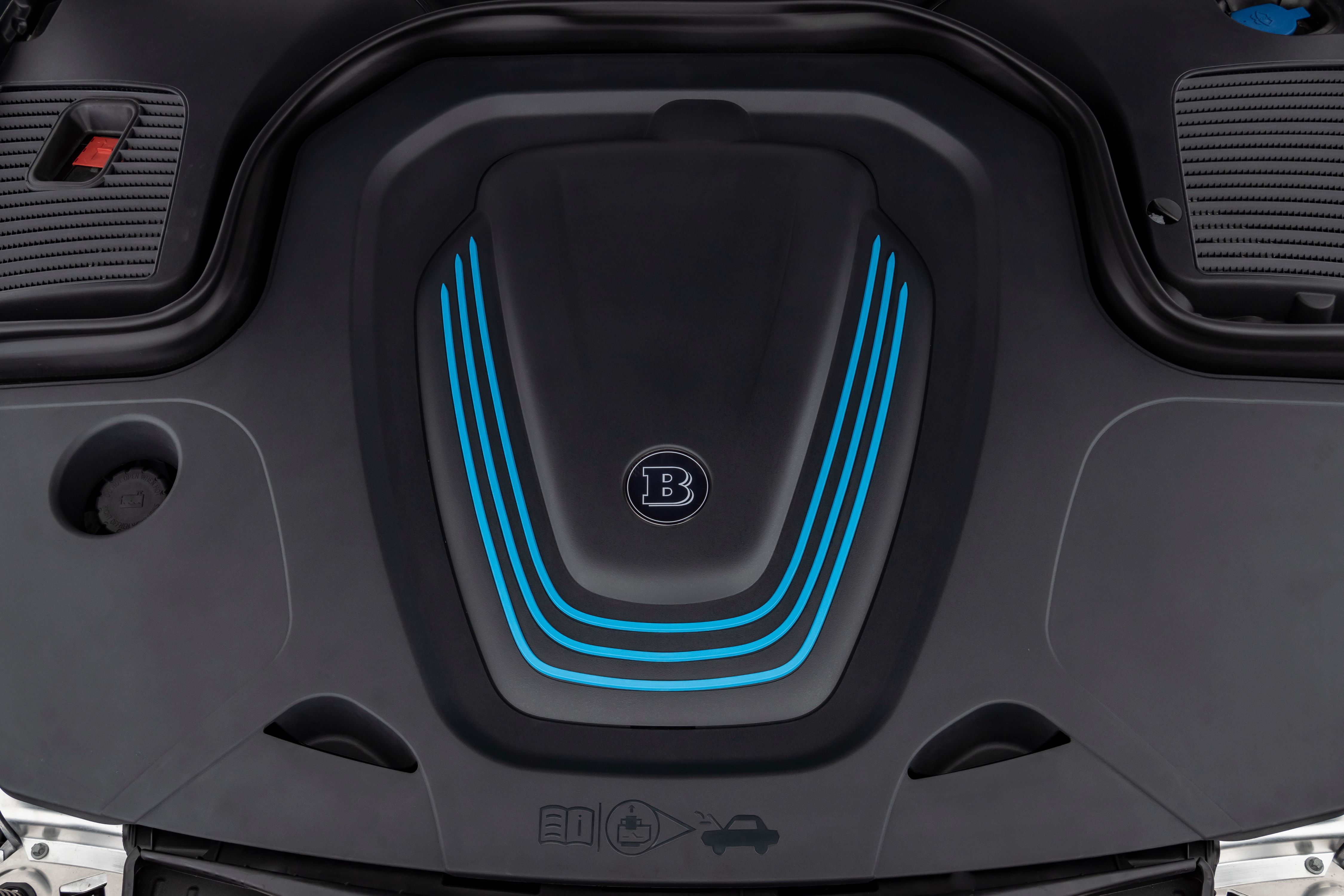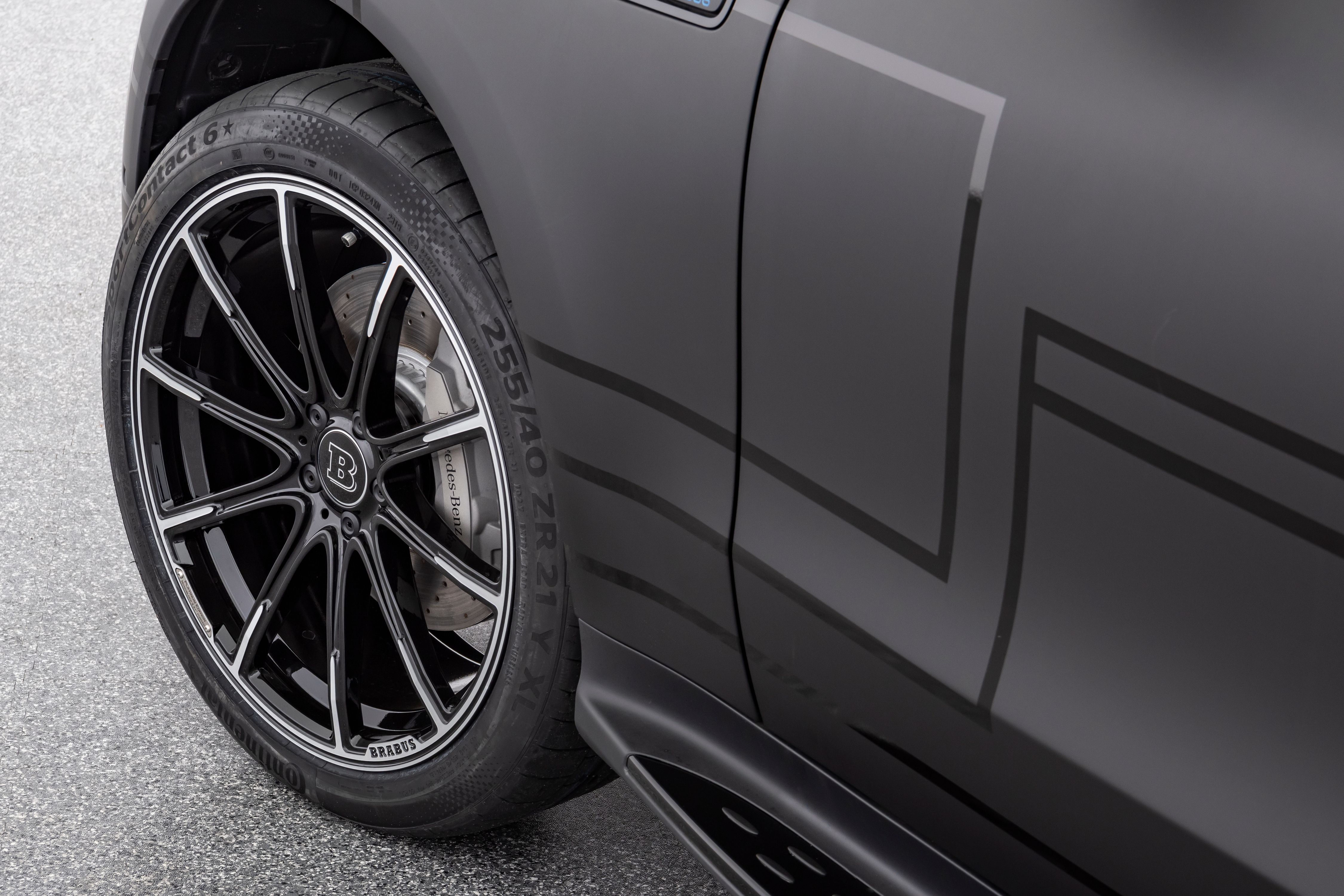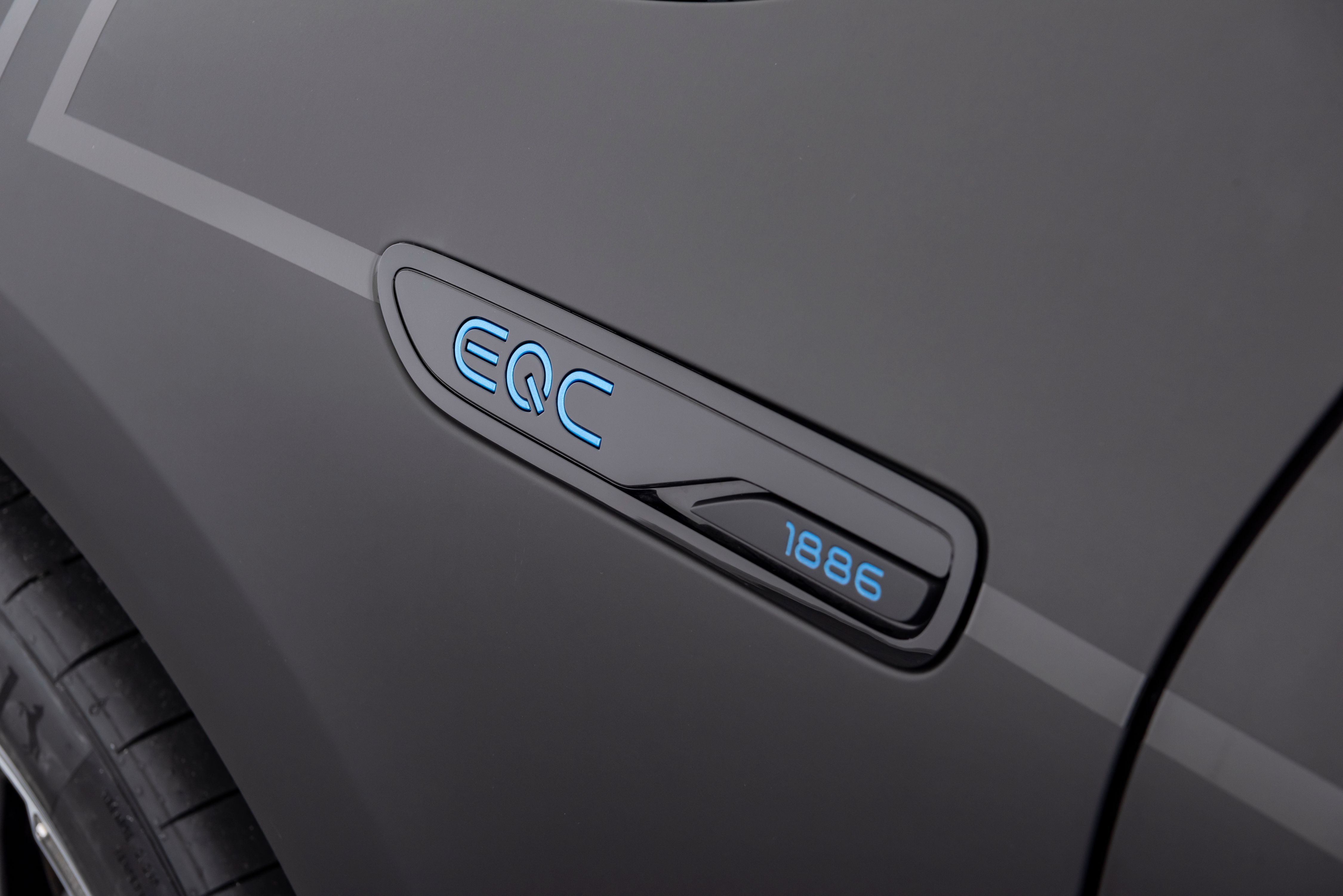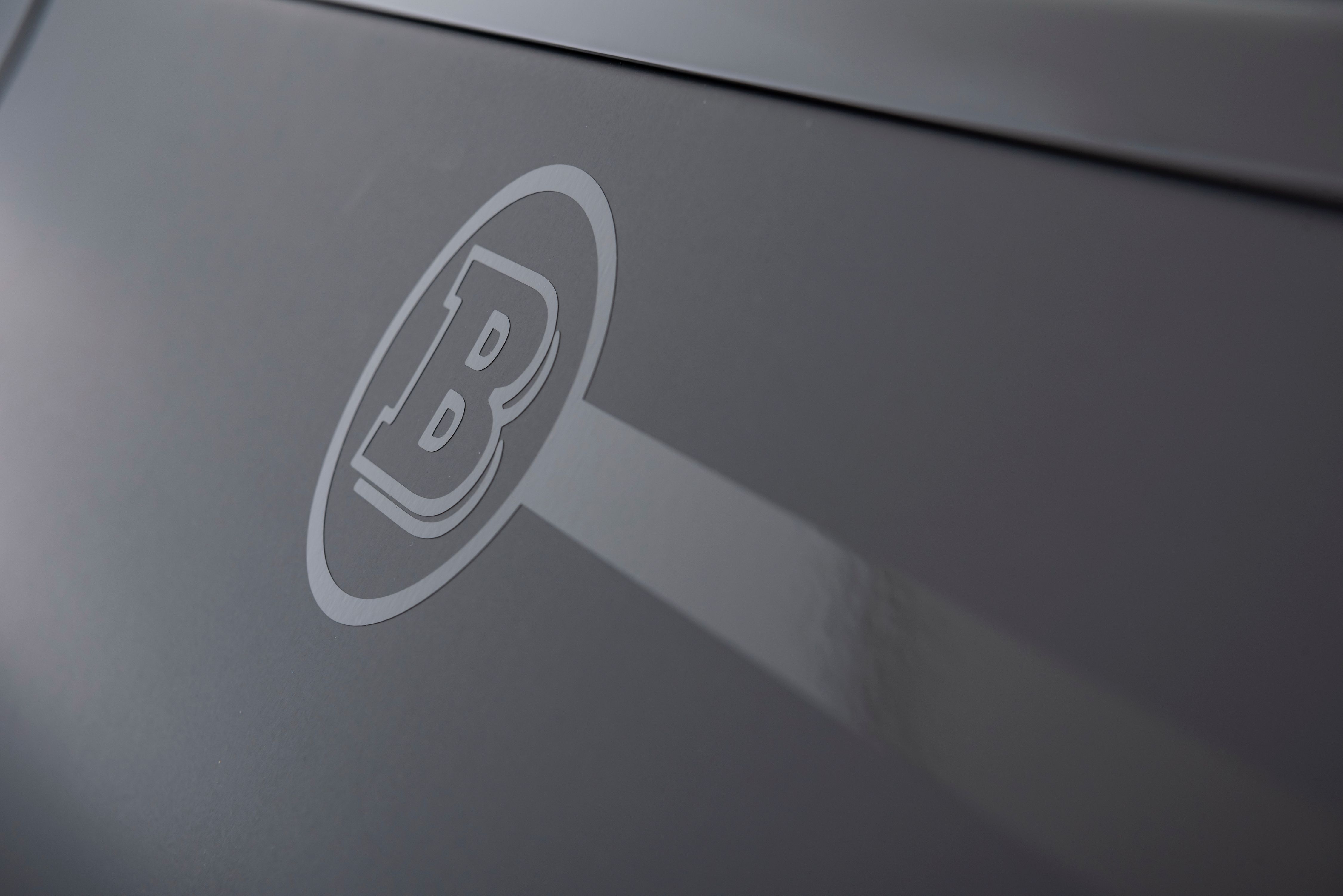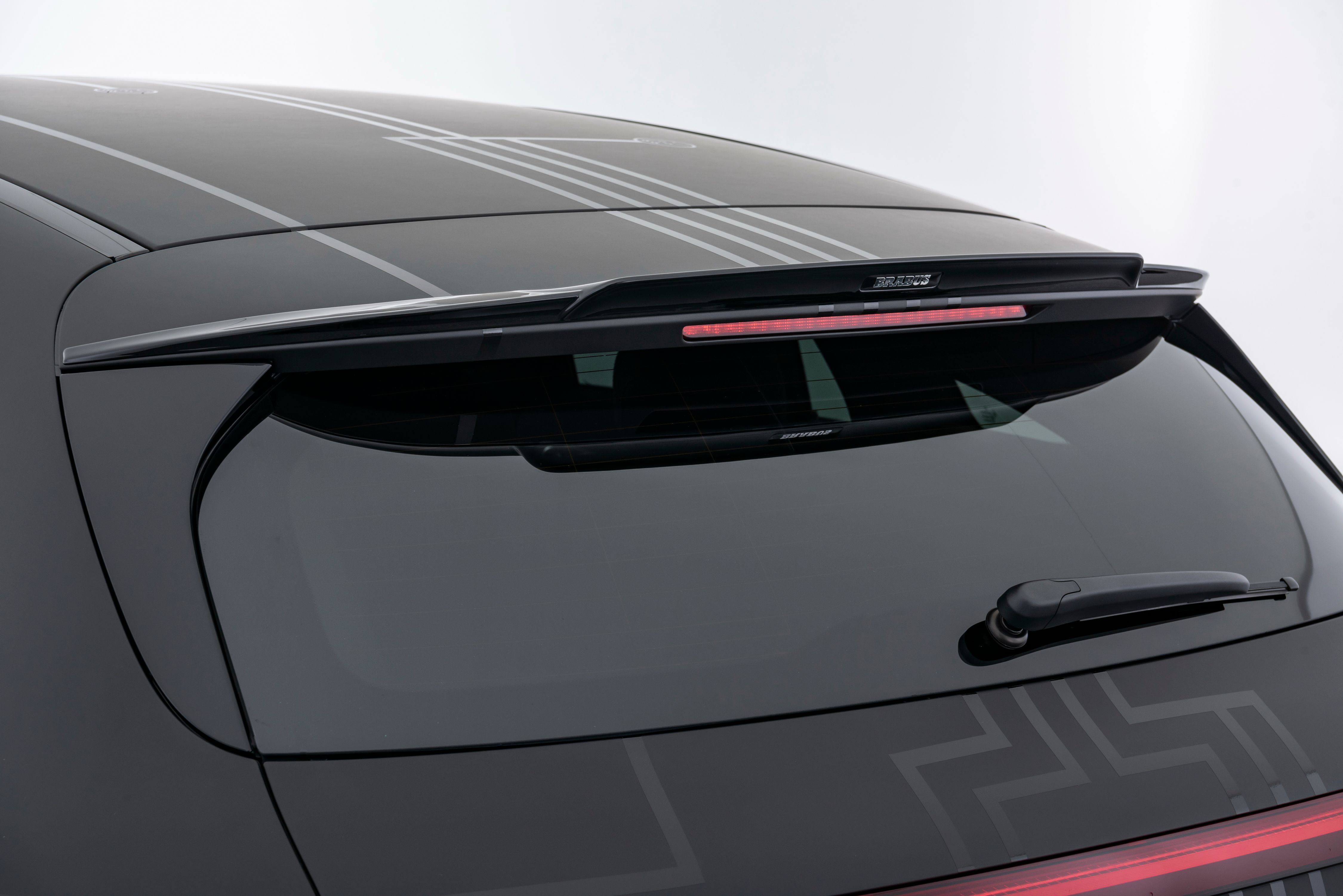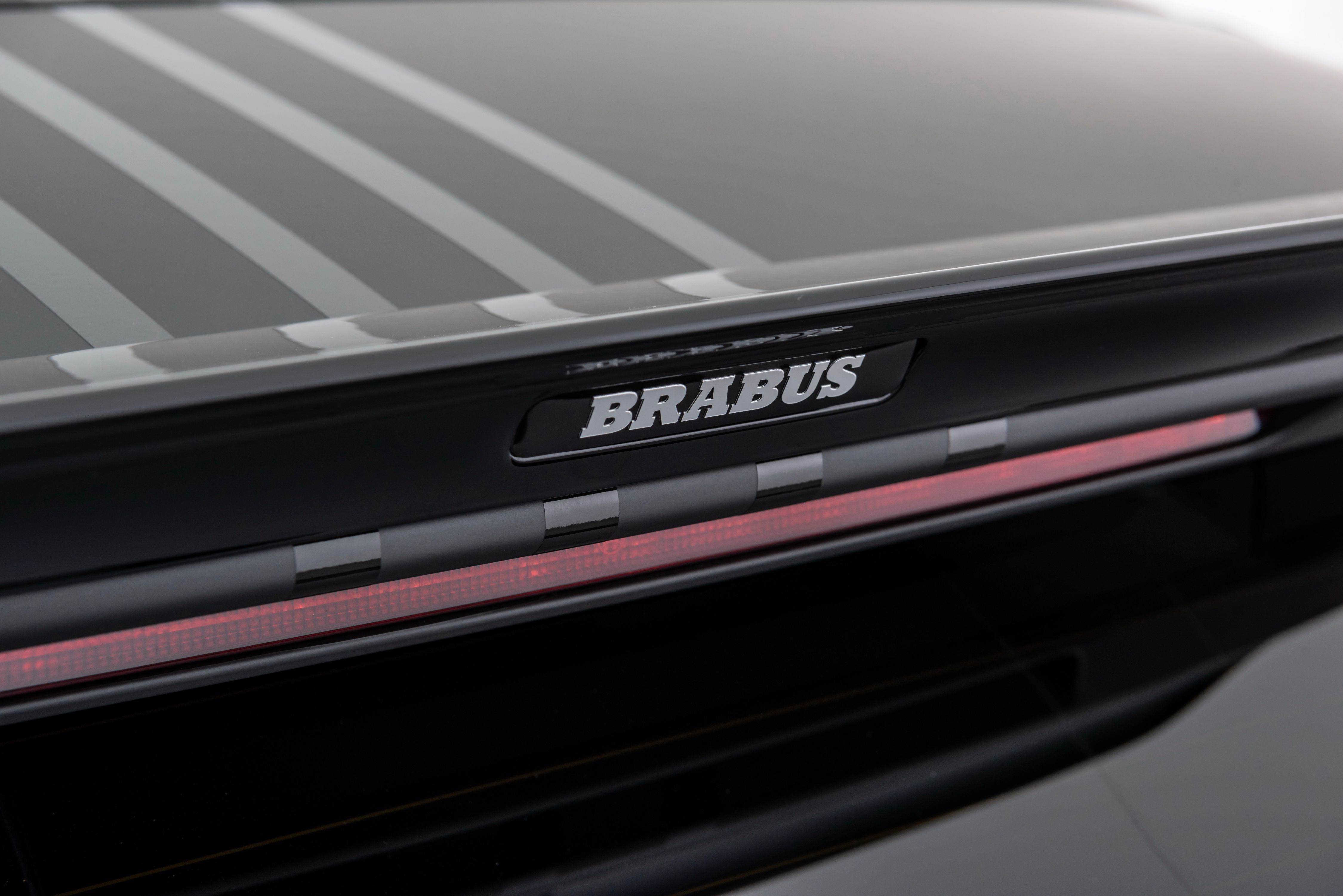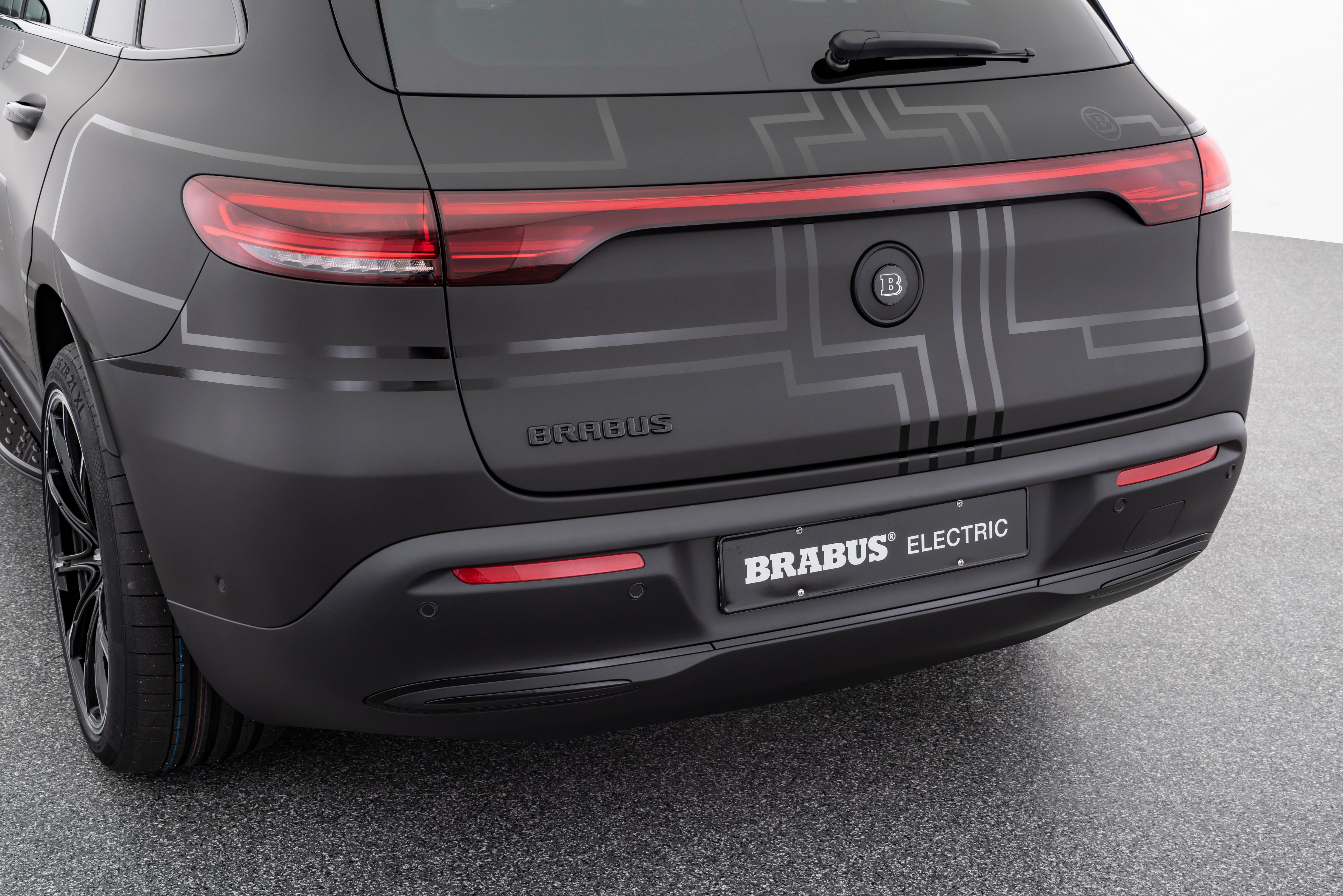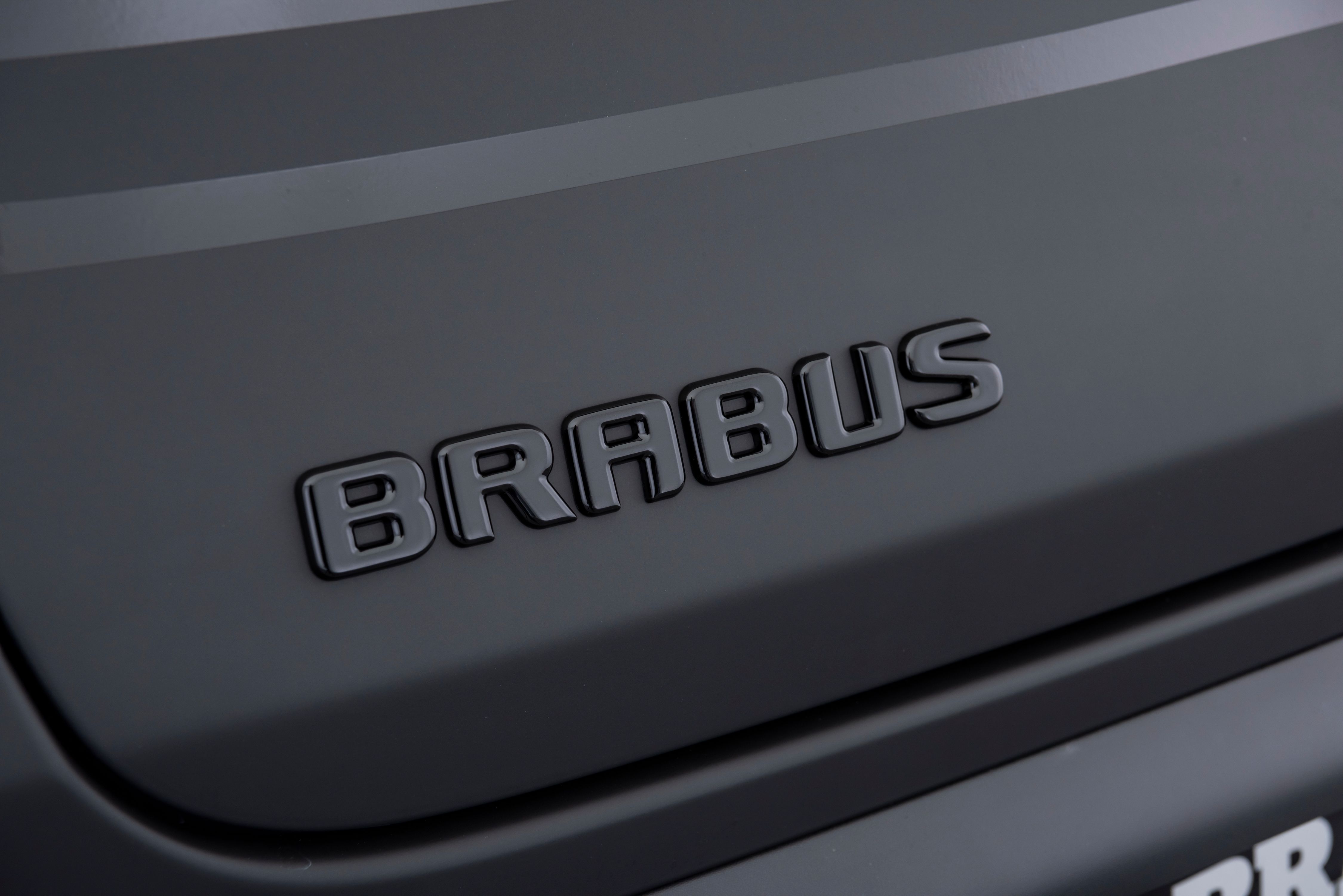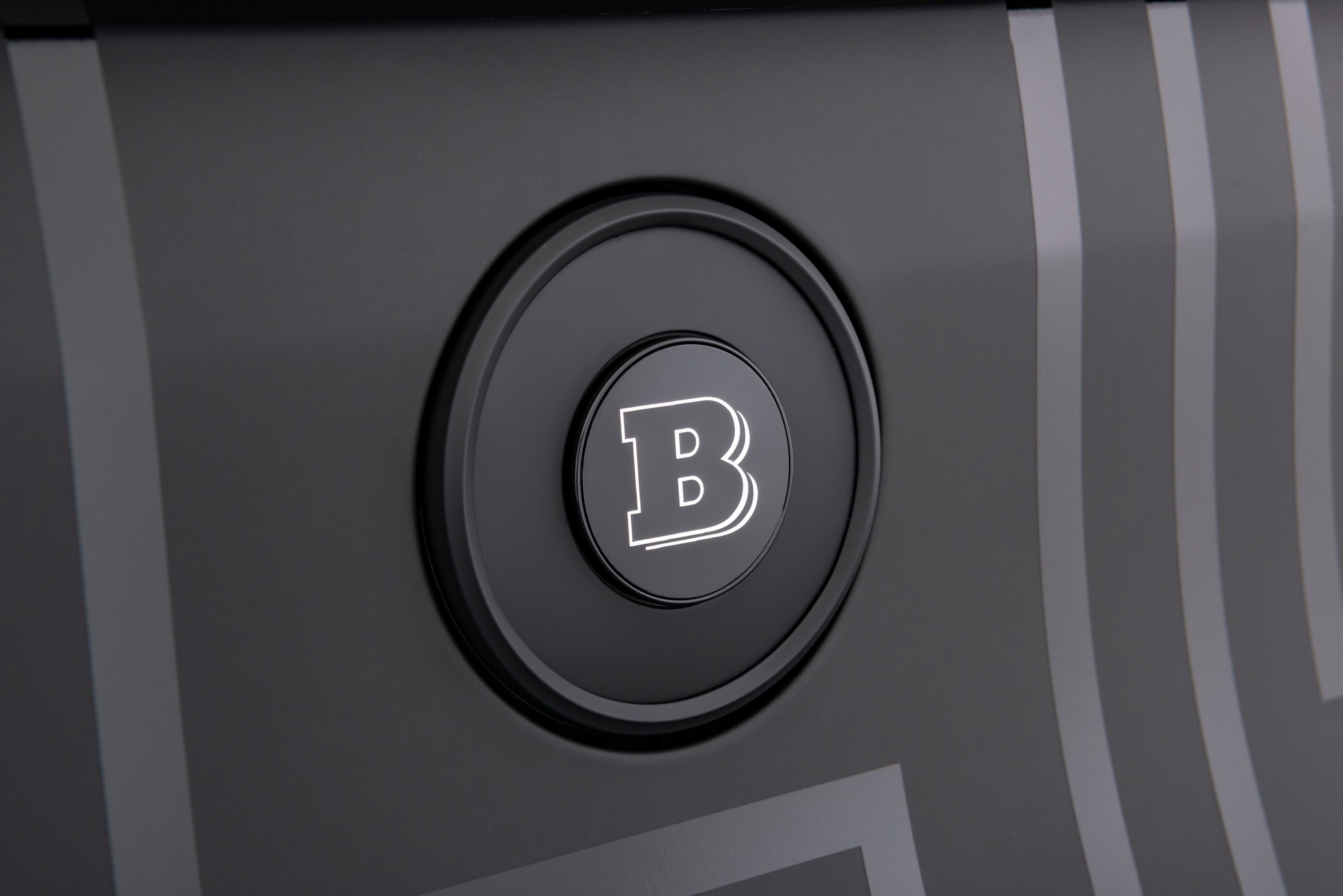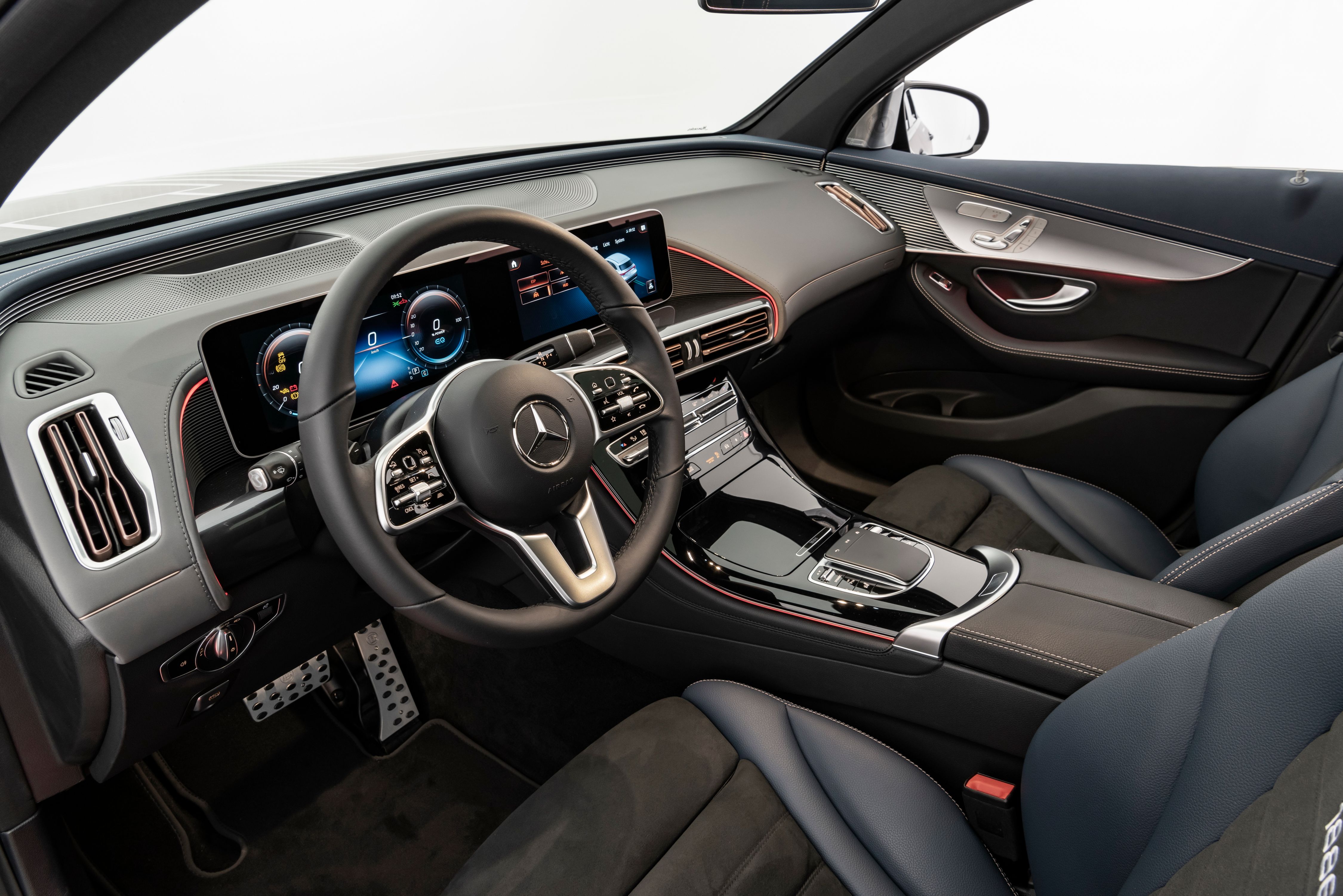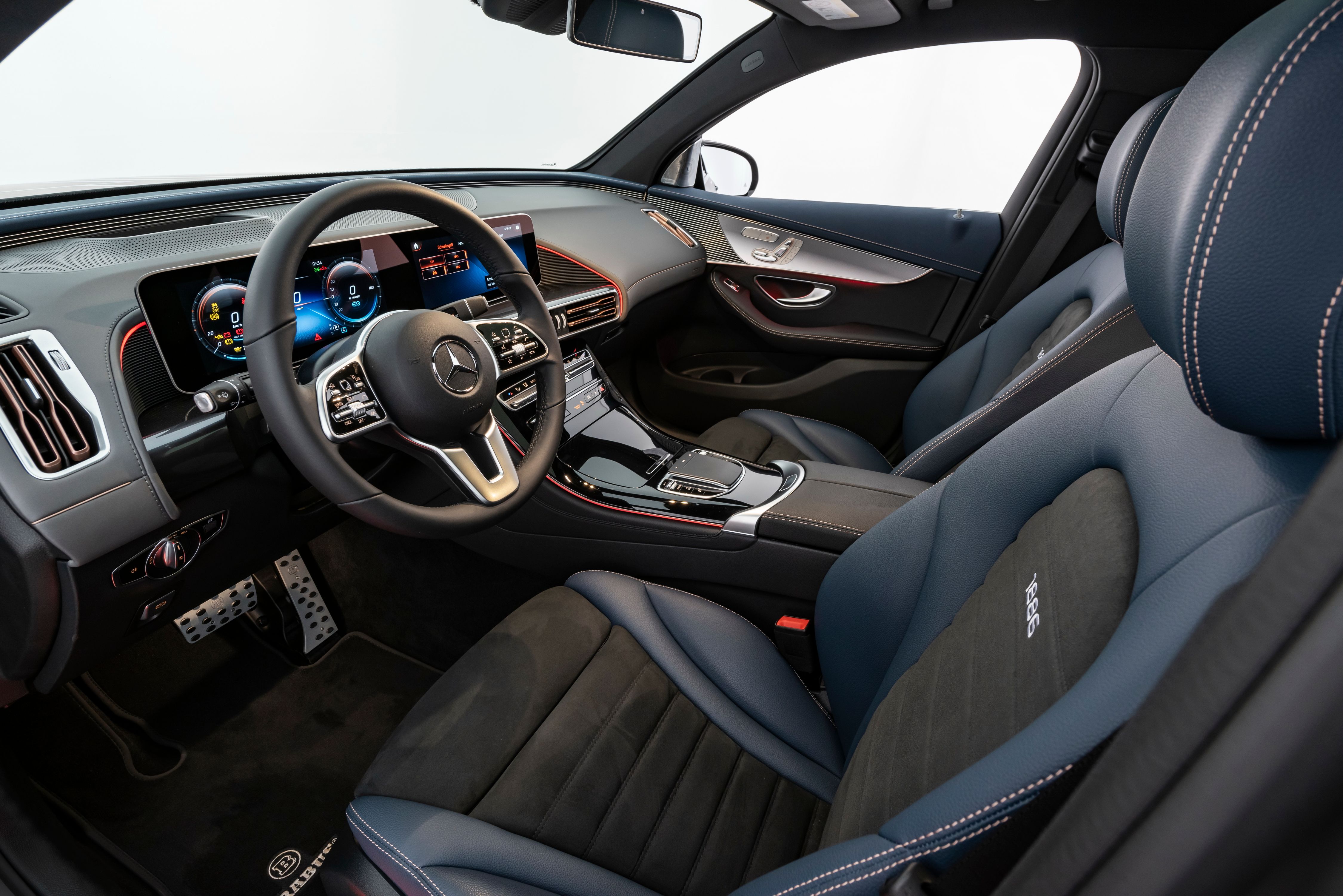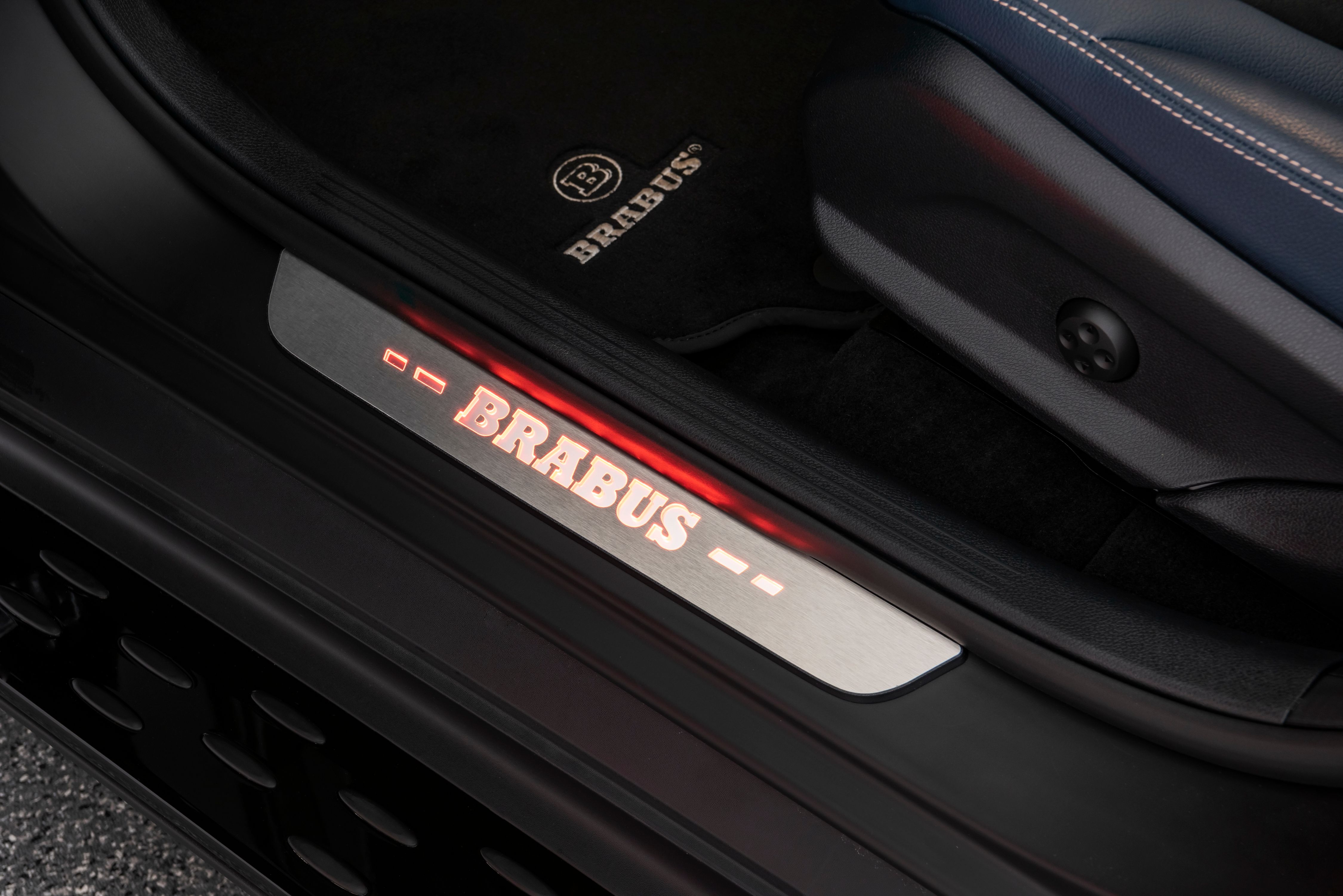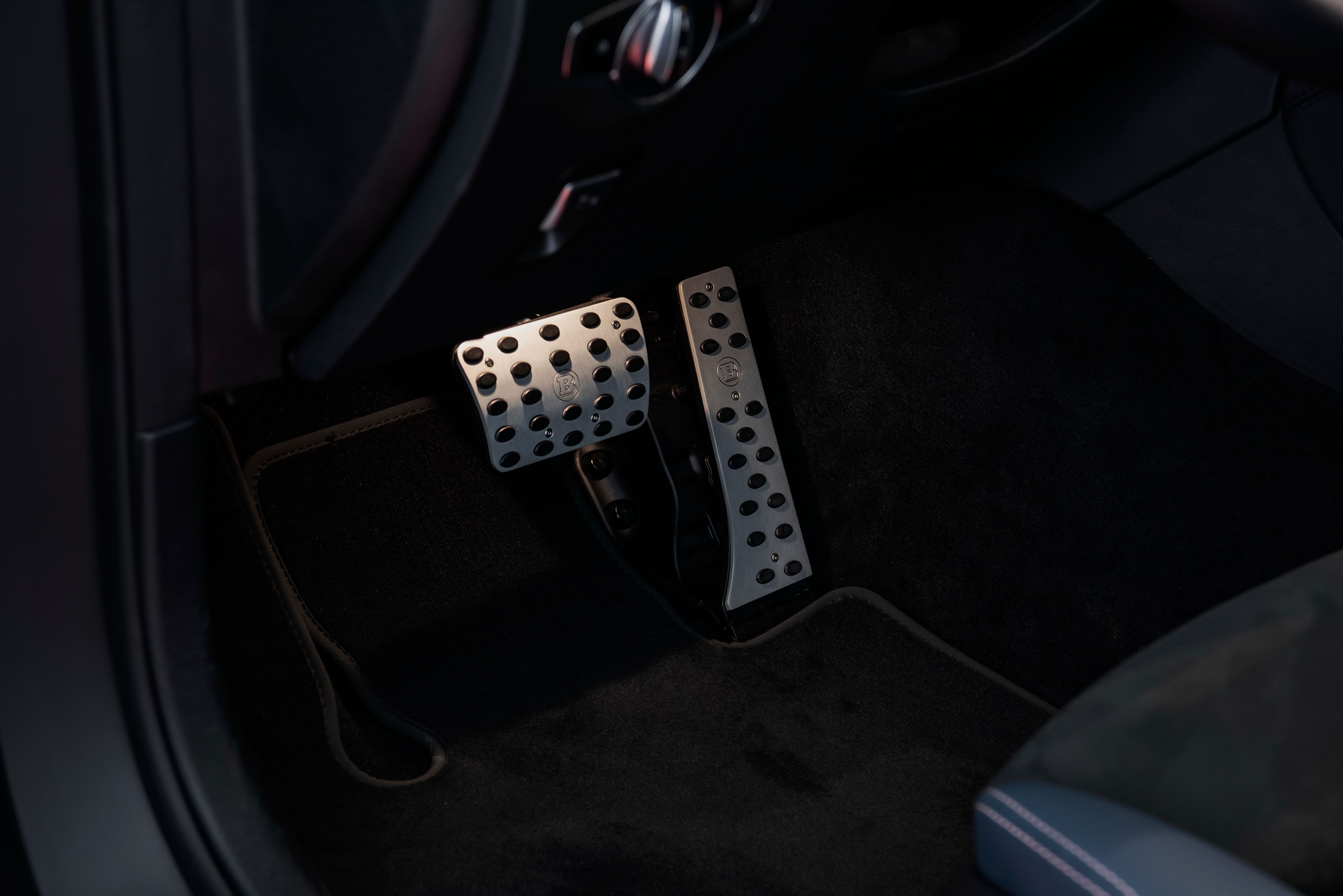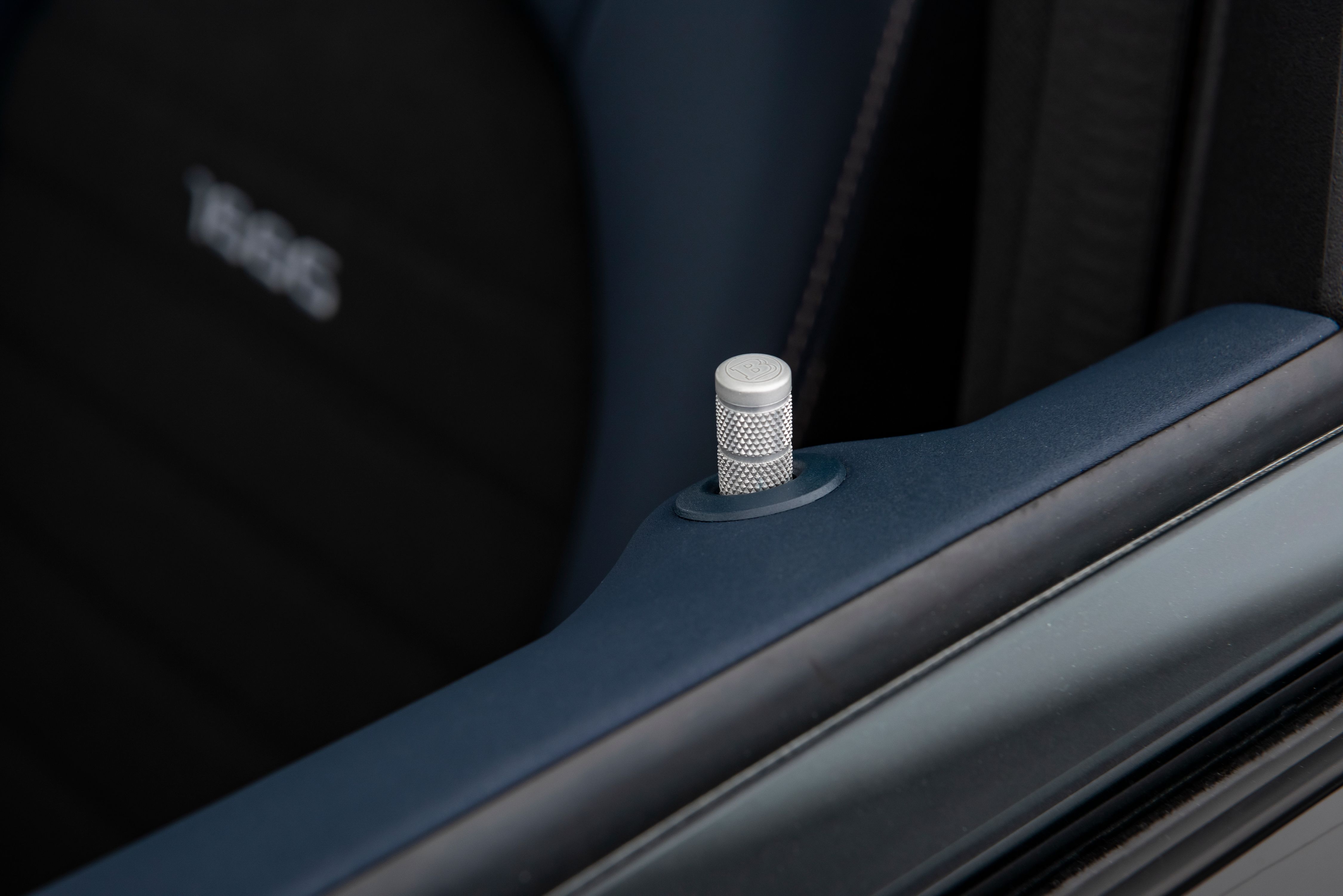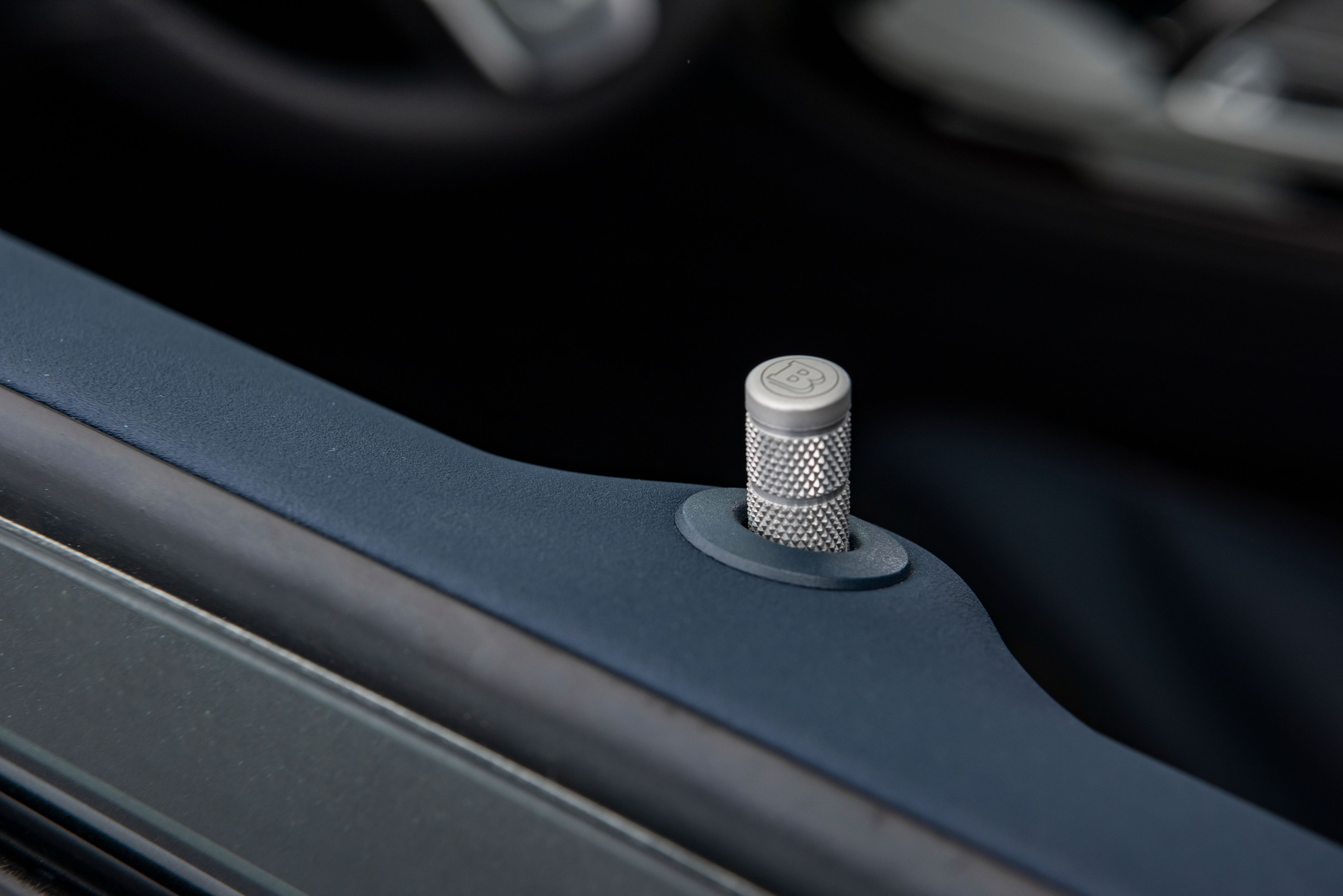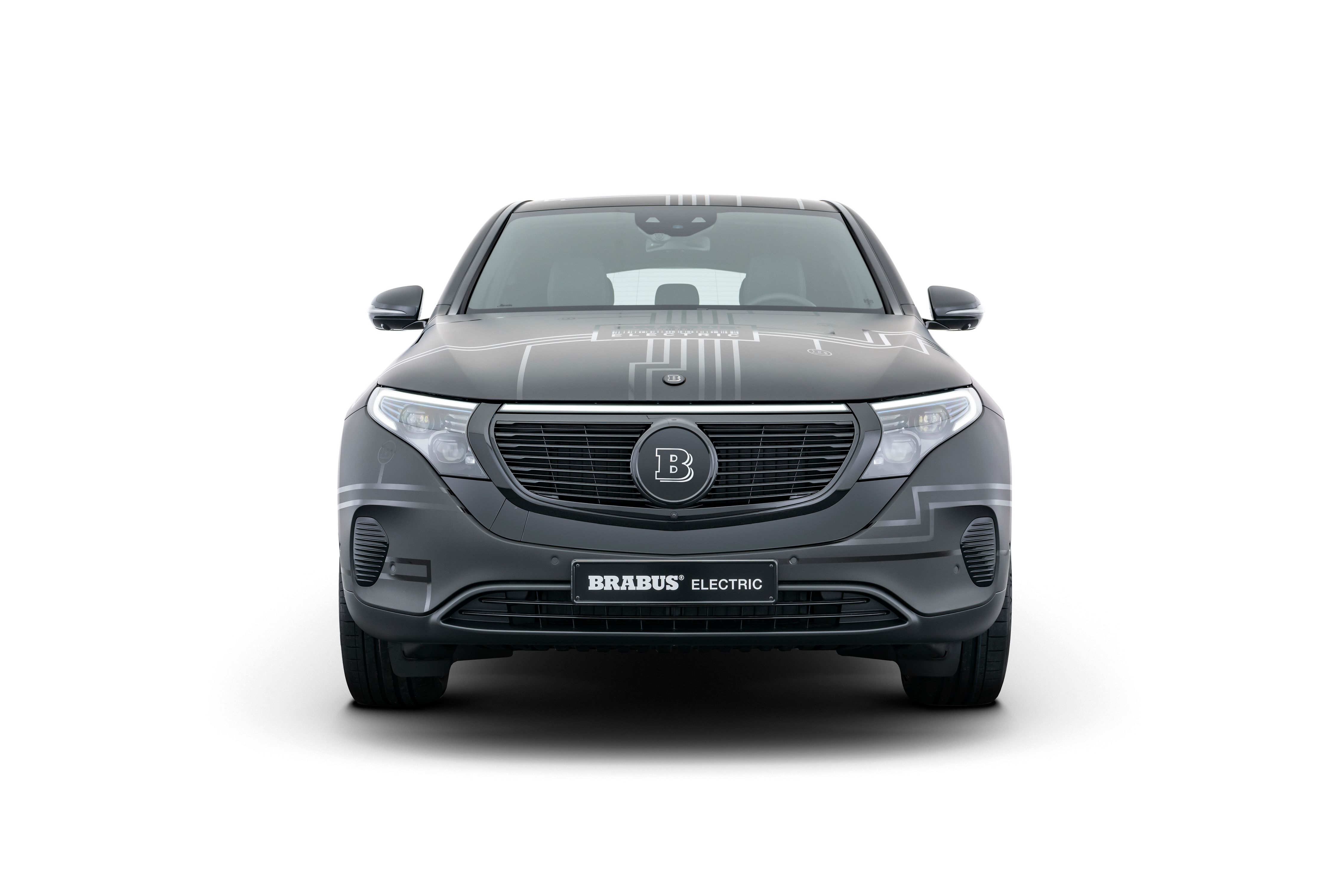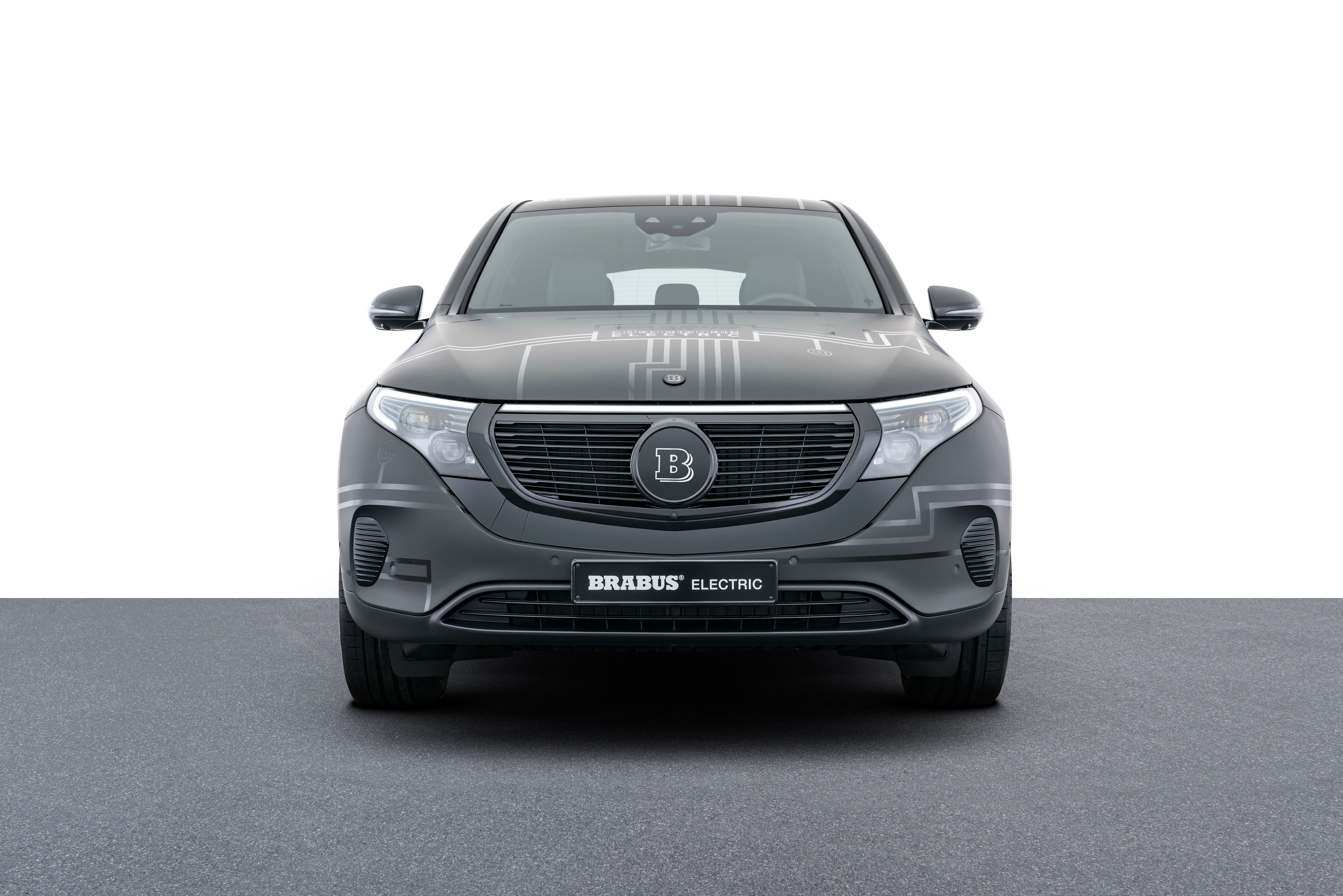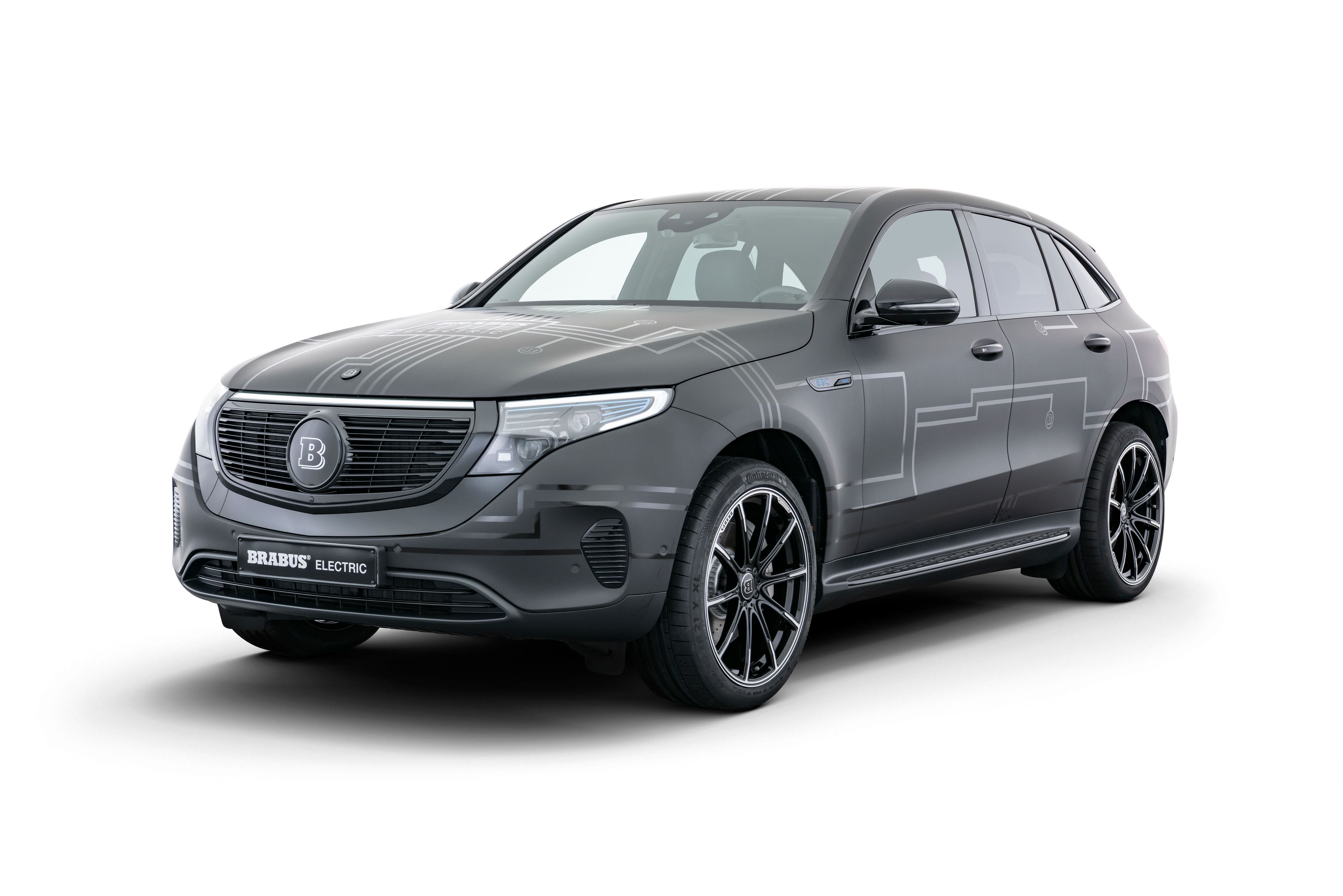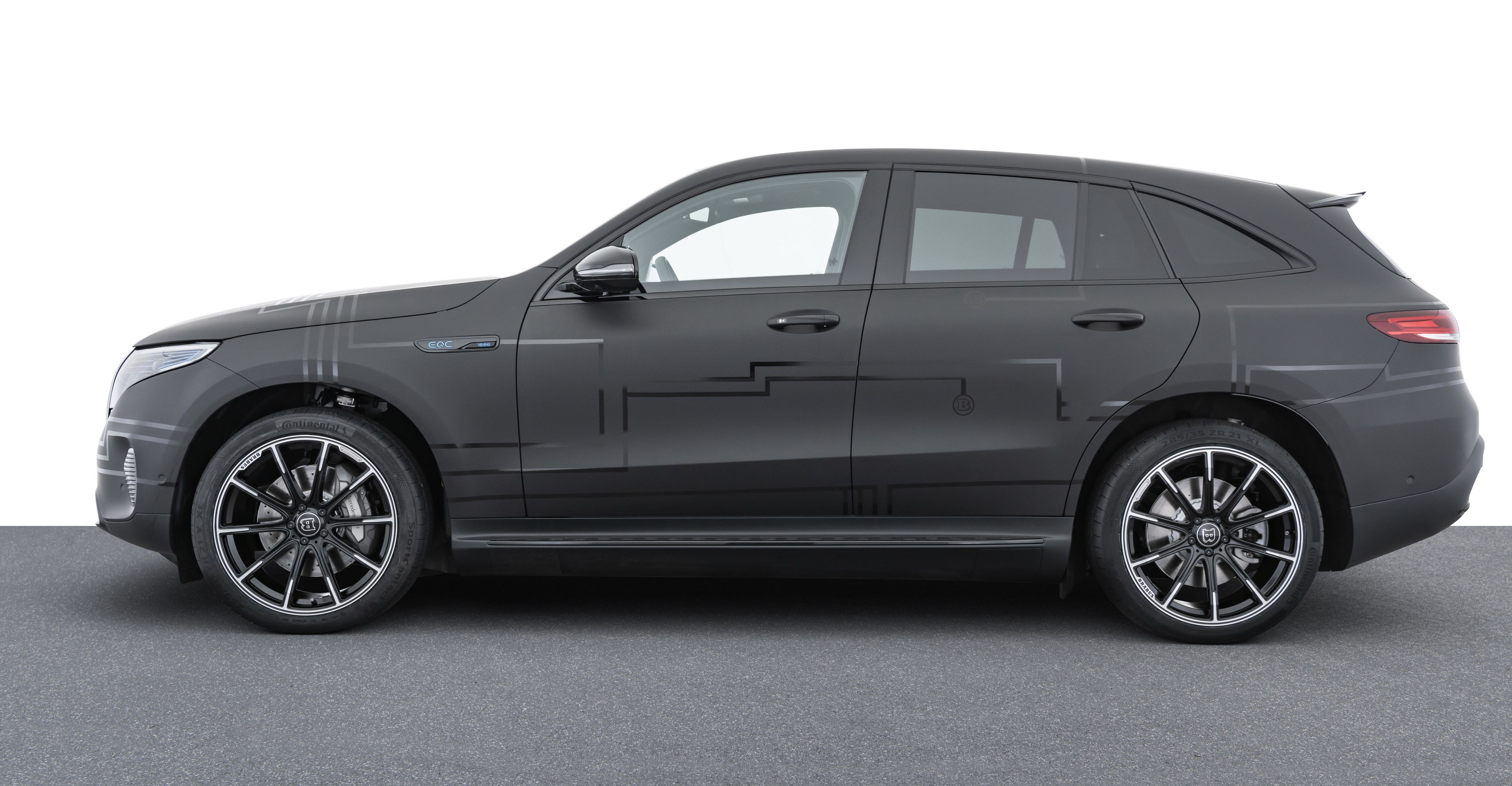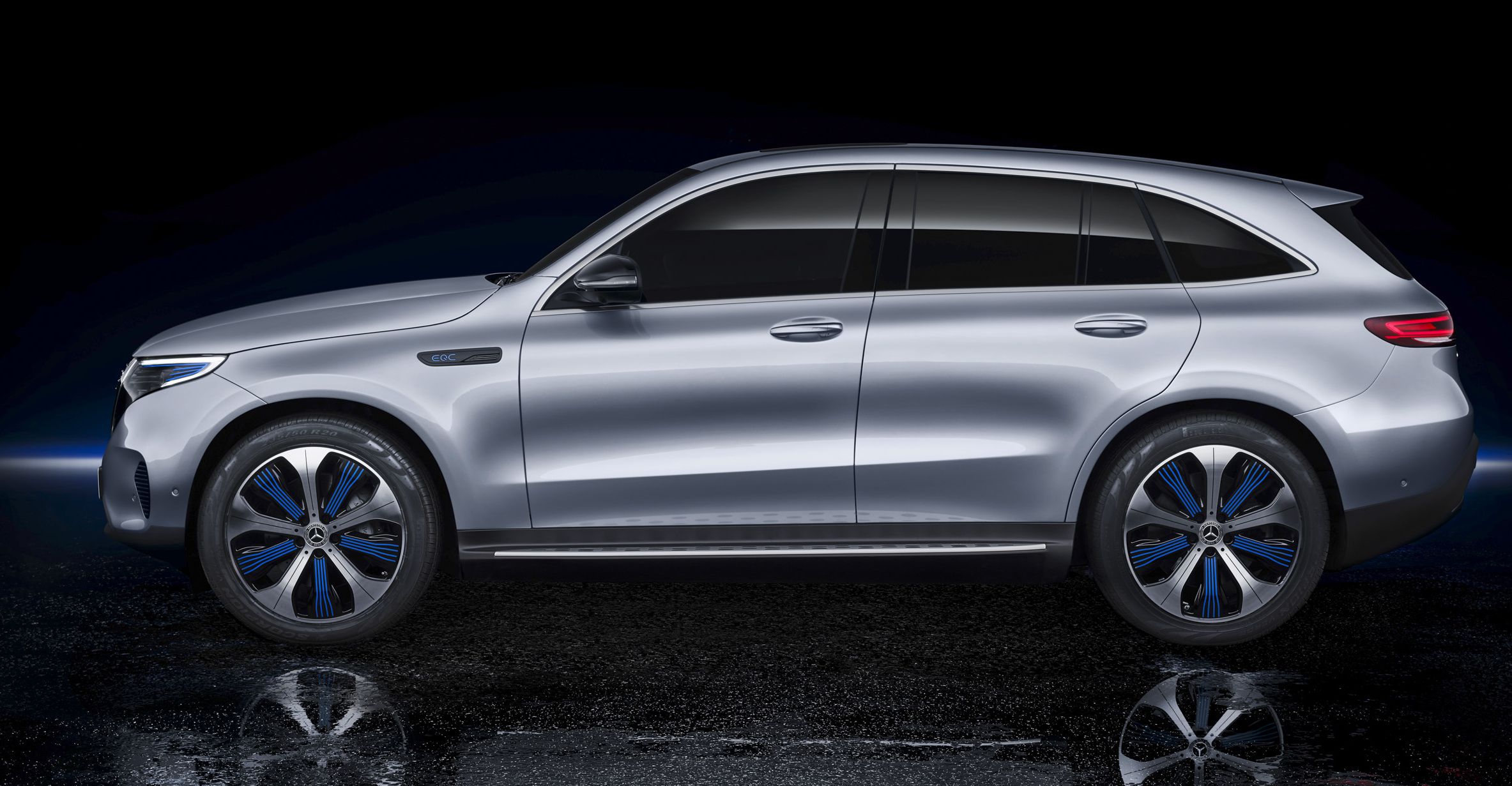Brabus seems to be adapting to the “rEVolution”. After working on a butt load of Mercedes-Benz’s cars, Brabus has now laid its hands on the company’s first all-electric crossover – the EQC. The tuner has customized EVs from its subsidiary, Smart Fortwo, but this is the first time it is working on an EV with the three-pointed star logo. The EQC has been given typical Brabus-treatment. There are changes made to the exterior as well as the powertrain. The interior in the stock crossover is plush as it is and Brabus hasn’t messed around with it other than adding a few things. But, the main question is – are aftermarket companies prepared to customize EVs already, or is it too soon?
2020 Mercedes-Benz EQC by Brabus
- Make: Array
- Model: 2020 Mercedes-Benz EQC by Brabus
- [do not use] Vehicle Model: Array
Overview
When compared to some of its competitors, Mercedes-Benz has been the slowest to get into mainstream EVs. Its first all-electric crossover, the EQC, has still not arrived in the States and is not expected to be launched in 2021. However, the crossover was unveiled some time back and it looks very impressive. In stock form, the crossover looks pretty neat and clean in terms of aesthetics. It is also loaded to the gills on the inside and features a powertrain that the German automaker has developed from the ground up. In terms of appearance, the EQC is neither overdone nor understated. The interior, on the other hand, can solely be the reason for you to put your money on the EQC. Contrary to the segment norms of everything becoming ‘touch-friendly’, the EQC retains some physical buttons and keys, but not to the extreme where everything feels cluttered. It is a perfect blend and looks phenomenal.
What Does The Brabus EQC Look Like On The Outside?
Brabus has retained the structural design of the EQC as it is.
|
|
ids=891522,891523 |
no_overlay=false |
before_label=Mercedes-Benz EQC |
after_label=Mercedes-Benz EQC by Brabus> |
The side profile looks the best, in my opinion. Other than the good looking silhouette, Brabus has given it some neat touches. For starters, the EQC logo on the fender with the blue font and detailing looks stunning. The circuit design is comparatively subtle on the sides. In a few spots, the design lines end with a Brabus logo. Sweet! Brabus has carried over the side step board also as it is.
The tuner has also installed a fantastic set of 21-inch Platinum Edition Monoblock Z Forged wheels. The five-lug nut wheels are finished in black and silver and are wrapped in Continental Sport Contact 6 high-performance tires. The company has installed 255/40 section tires at the front and 285/35 tires at the back. Brabus is also offering another set of wheels and tires on the EQC. The 20-inch wheels features are wrapped around Pirelli P Zero tires that measure 255/45 at the front and 285/40 R 20 tires in the back.The brake calipers are stock with the Mercedes-Benz branding on them.
I find the circuit design to be overdone in the rear. With the long slim taillight that run from one end to the other, the tailgate is quite busy as it is. With this pattern, it looks obnoxious. You can see the Brabus logo on the tailgate and the pattern above the right-hand-side taillight. Brabus has also swapped the Mercedes spoiler for one of its own, even though there isn’t a lot of difference between the two. With that said, I’d choose the Brabus treatment over the stock design any day, primarily for those hot smokin’ set of wheels.
How Different Is It From The Stock EQC On The Inside?
The EQC has an overly smart cabin, and there wasn’t much that could be done here. The fit and finesse of the cabin in stock form is exemplary. There are two 10.25-inch displays here, one each for the instrument cluster and the infotainment system. THE MBUX infotainment system displays the range, charge status, and energy flow, and it enables the driver to set up the EQ-optimized navigation system, driving modes, and charging current. The system also includes an intelligent voice control that is activated by saying, “Hey Mercedes”. Swell!
As for Brabus, the company hasn’t made a lot of changes inside. The most prominent add-ons include:
-* Brabus Logo Inscribed On The Door Lock Pins
-* Brabus Illuminated Door Sills With Changing Colors
-* Brabus Leather Seats and Floor Mats
-* Brabus Aluminum Pedals
Did Brabus Tune the EQC's Electric Motors?
Mercedes-Benz has designed a new drivetrain for the EQC. The crossover comes with two electric motors - one on each axle - that generate 402 horses and 564 pound-feet of torque, combined. They are powered by an 80 kWh battery pack that, according to Mercedes, delivers up to 200 miles of range. This is pathetic compared to its primary competitor, the Tesla Model X, which delivers 305 miles with its 100 kWh battery pack. Yes, it’s a bigger battery, but do the math and you’ll see how bad the EQC’s range is.
How Much Does The Brabus EQC Cost?
Brabus is selling its version of the EQC for €120,000, which is approximately $135,000. The Mercedes-Benz EQC starts at $67,900. That means the Brabus EQC is twice the starting sticker price of the standard EQC. Brabus hasn’t announced the warranty-related data on this electric crossover yet.
Final Thoughts
Given Brabus’ other upgrades to date, the EQC doesn’t feel that expensive. But, when you realize that it is double the price of the standard EQC, you realize that it’s not going to be the tuner’s best-seller. The upgrades offered by Brabus are nice and do make the overall experience a lot better than the standard EQC would. However, in all honesty, it is not worth the premium. Yes, it would’ve been worth it if Brabus has worked on the crossover’s Achilles’ Heel – the range. But, instead, expect it to deliver even lesser range with all the ‘subtle’ performance upgrades.
The Mercedes EQC is priced very well for what is on offer, and, in fact, has the lowest starting price when compared to the competition. It’s immediate competitors, the Jaguar I-Pace, the Audi e-Tron, and the Tesla Model X start at $69,850, $74,800, and $84,990, respectively. You could rather add a little more moolah and get an E-Tron as well! Two stock crossovers at the price of one Brabus EQC. Or even better, a stock EQC and a Tesla Model Y in the Performance Spec for $60,990 that offers better performance and range figures than the Brabus EQC anyway – 315 miles, 145 mph top speed, and 0-60 mph in 3.5 seconds.
And, to answer the question I posed in the intro – No, aftermarket companies aren’t there yet. They need a lot more time and hands-on experience to customize electric vehicles with the same finesse that they do to the internal combustion engine vehicles.

